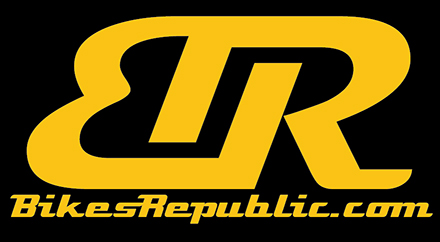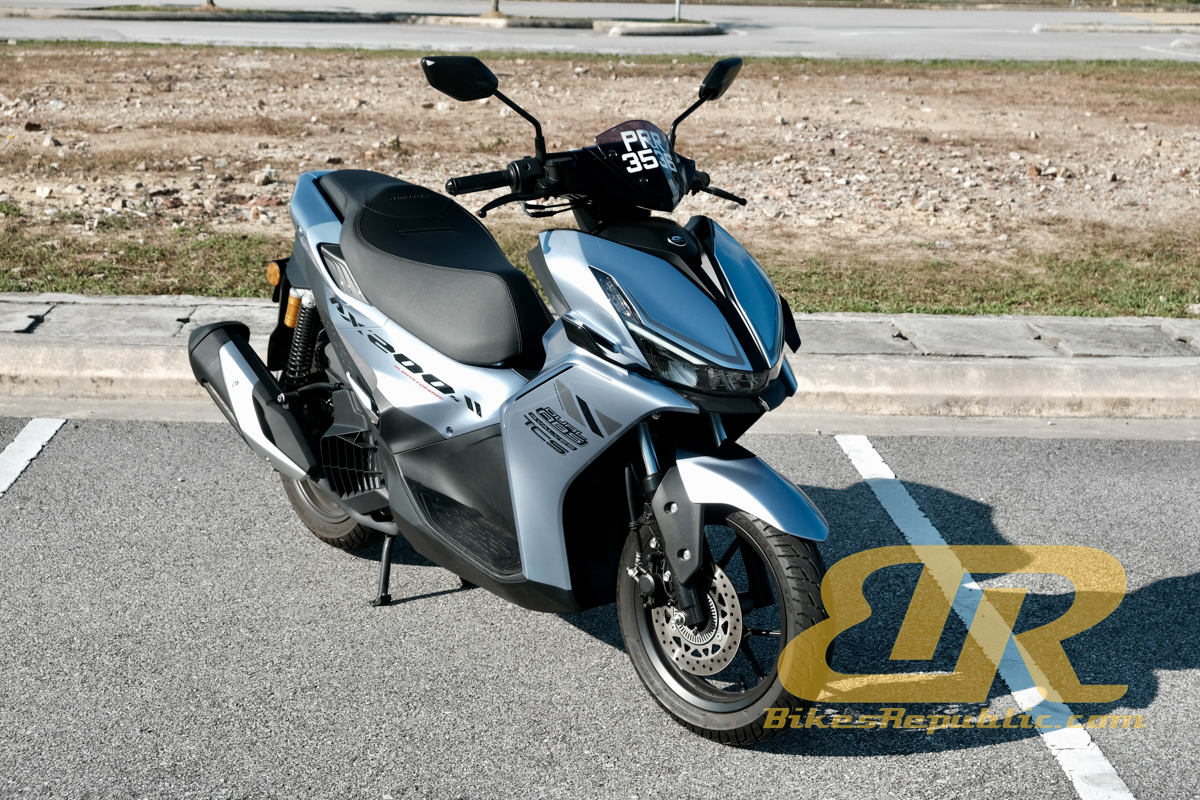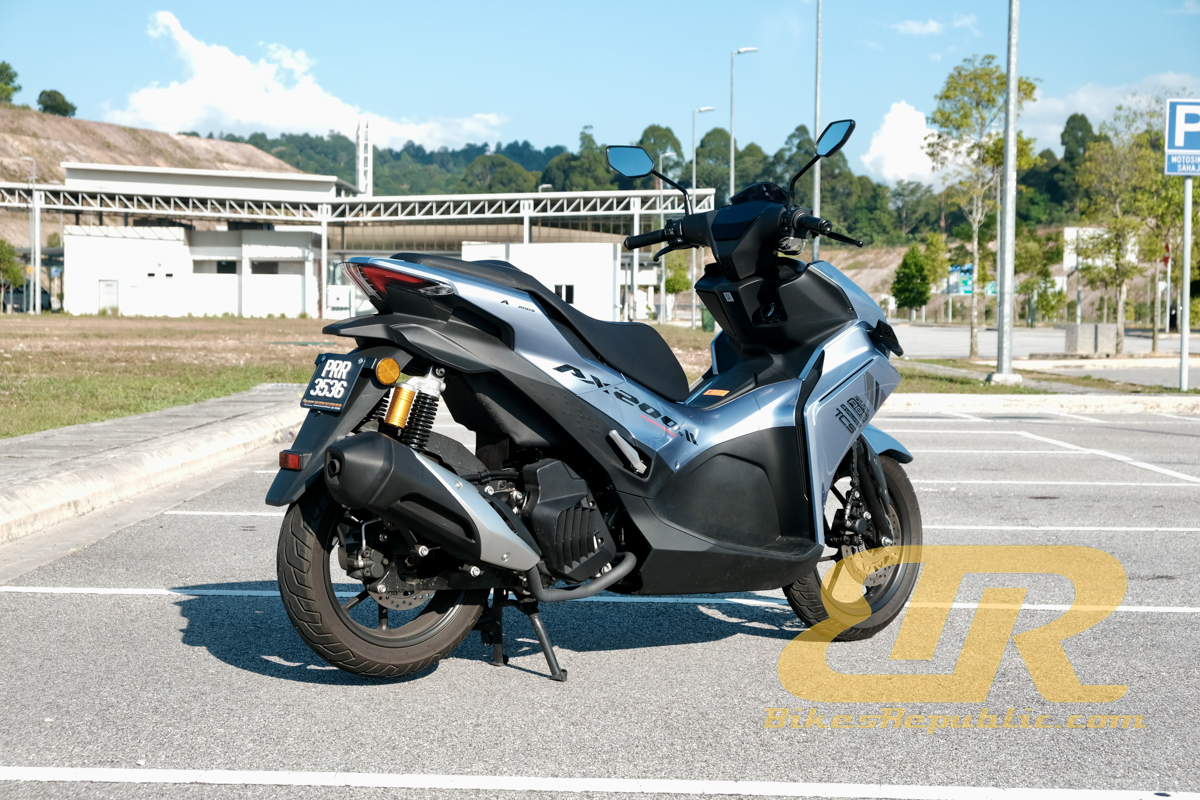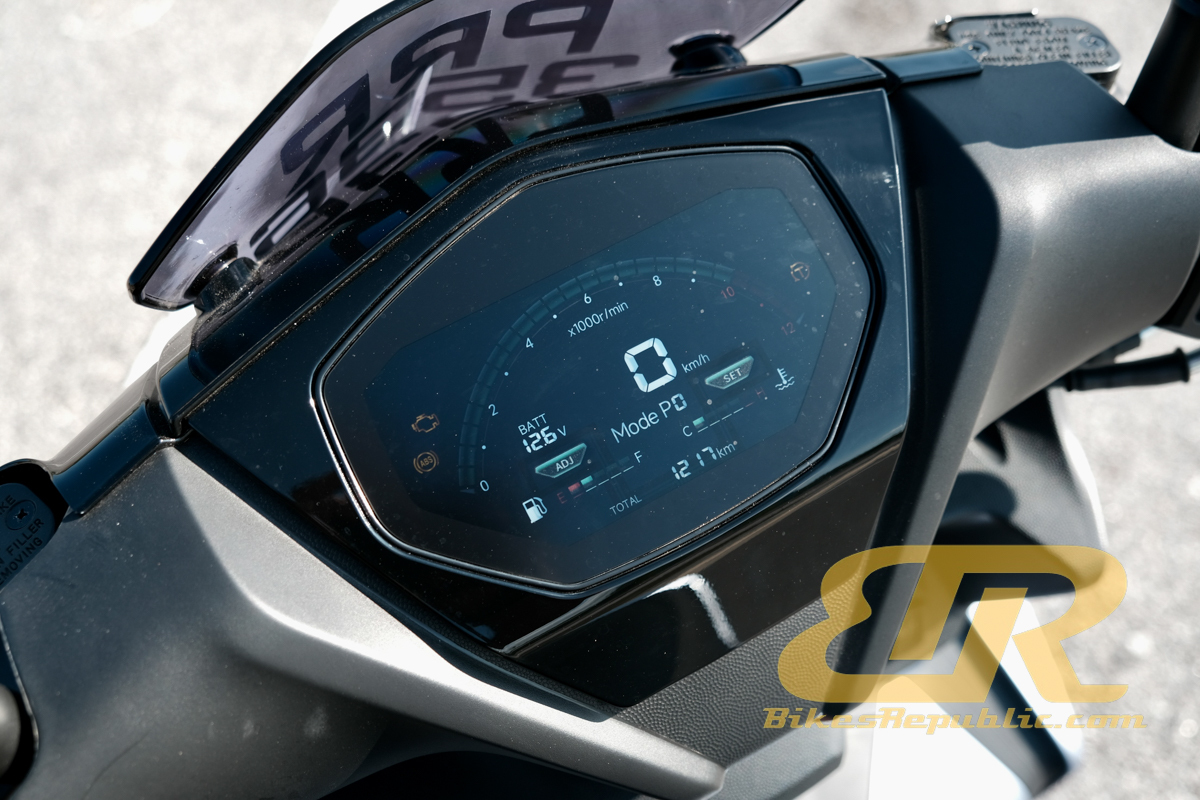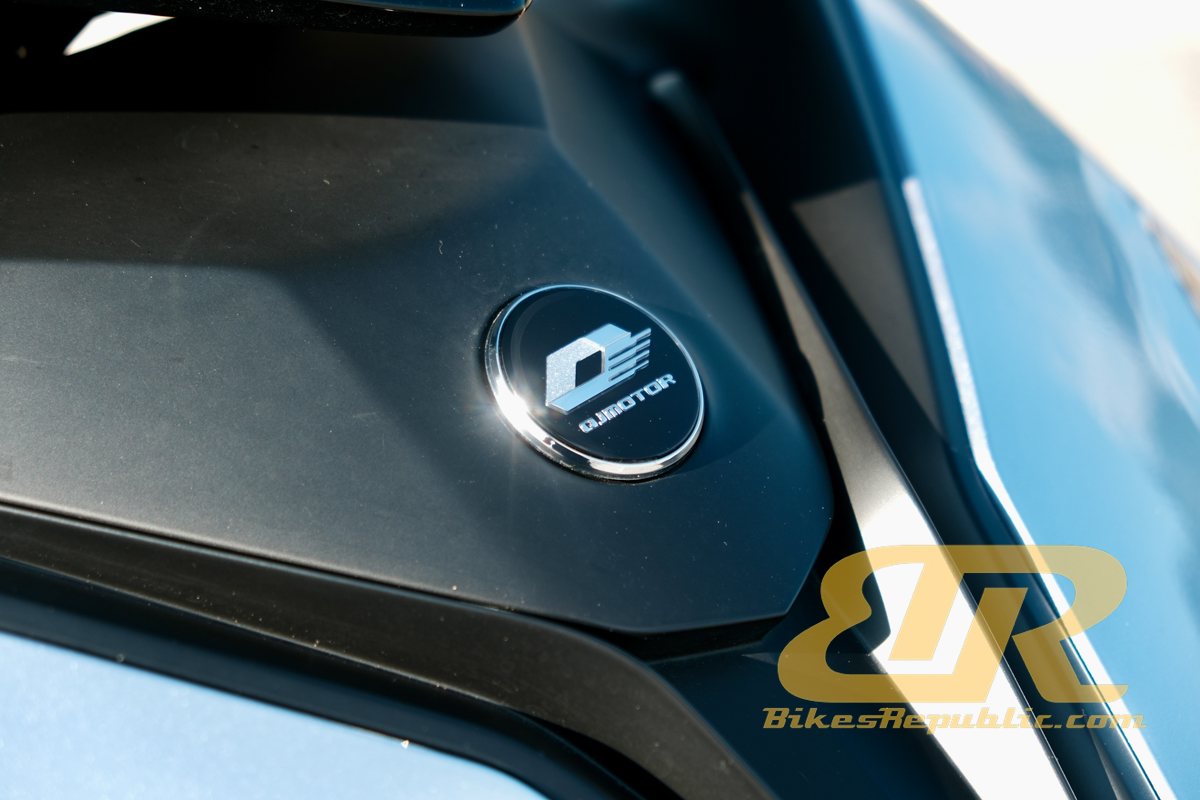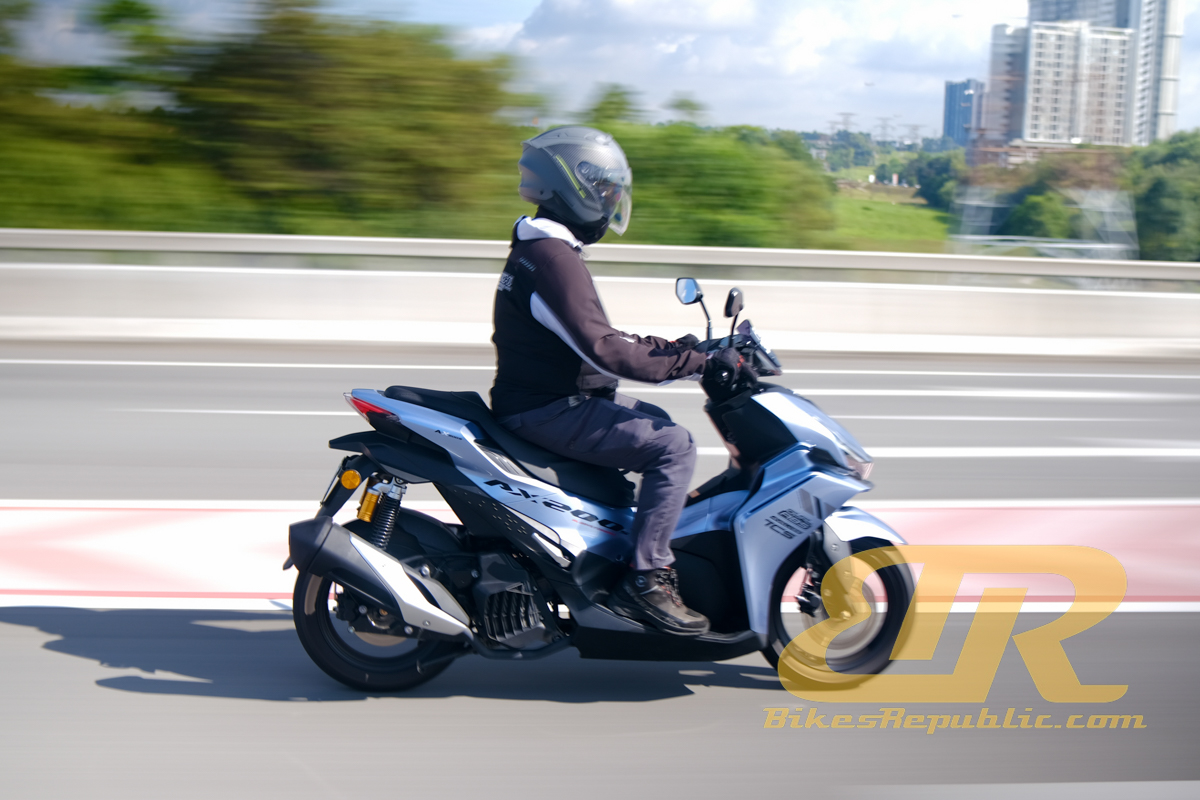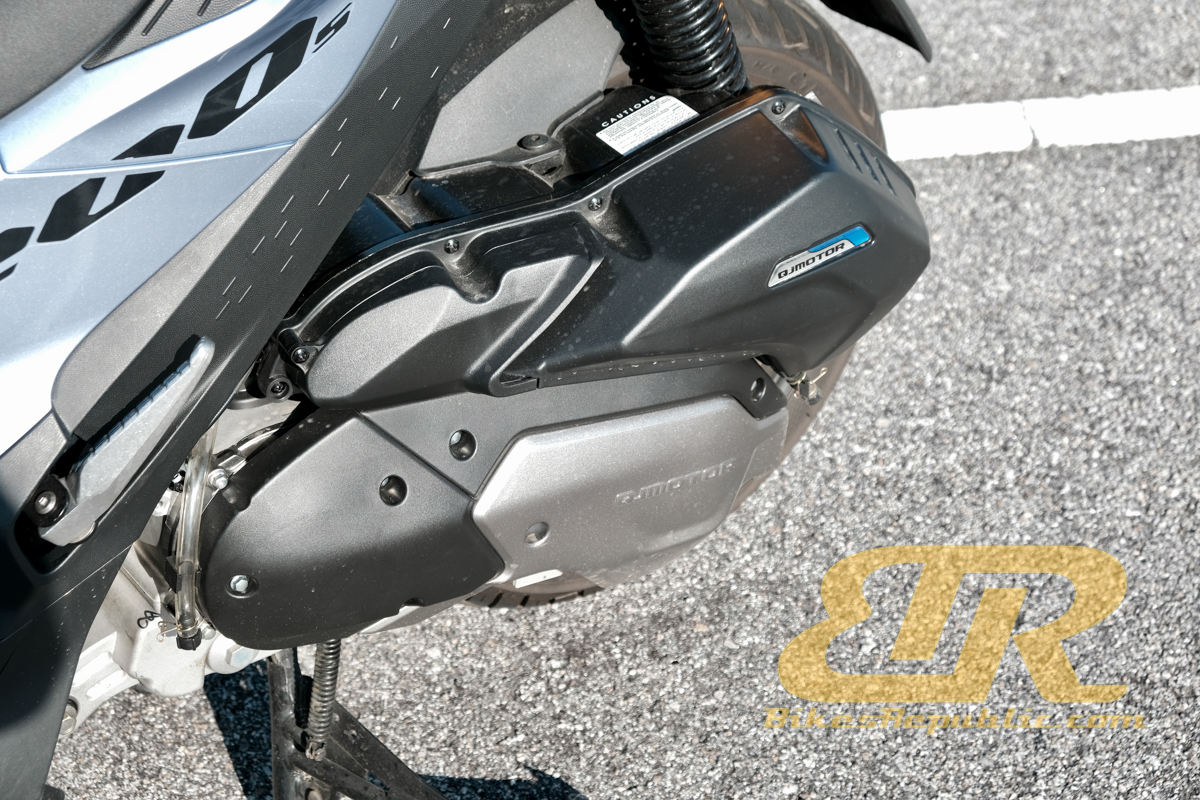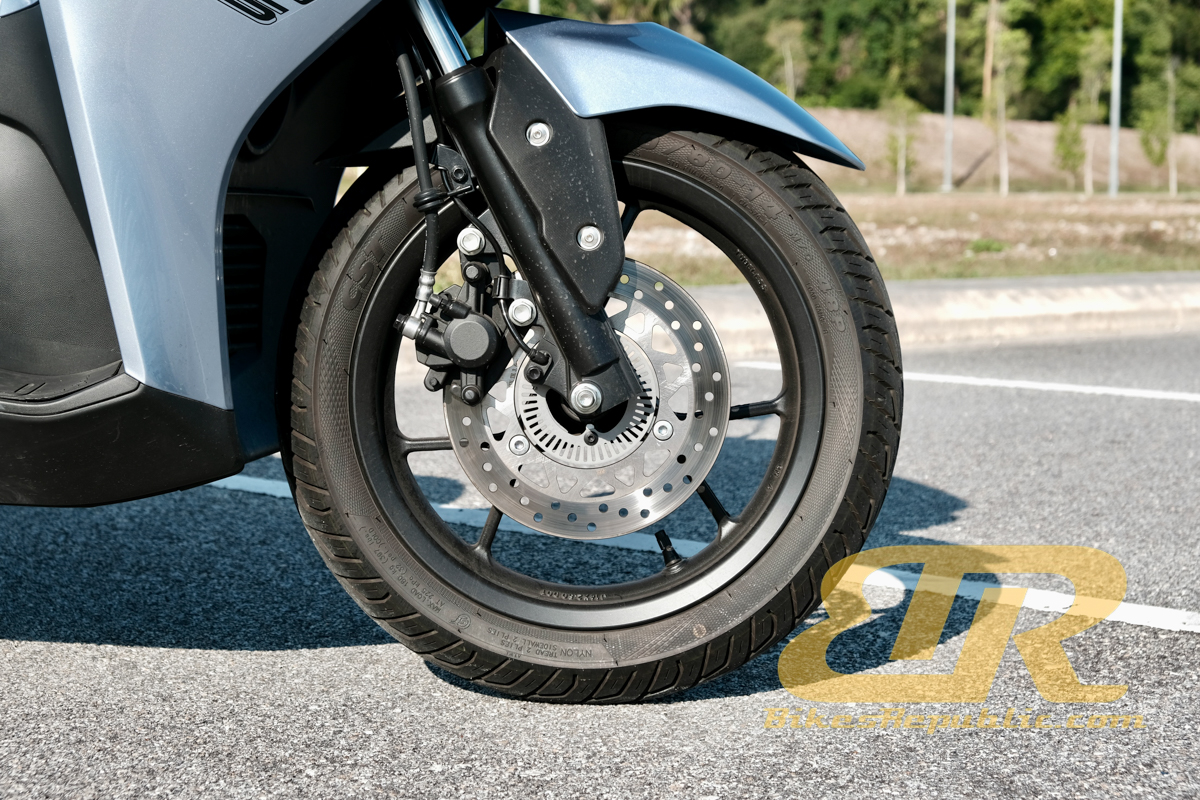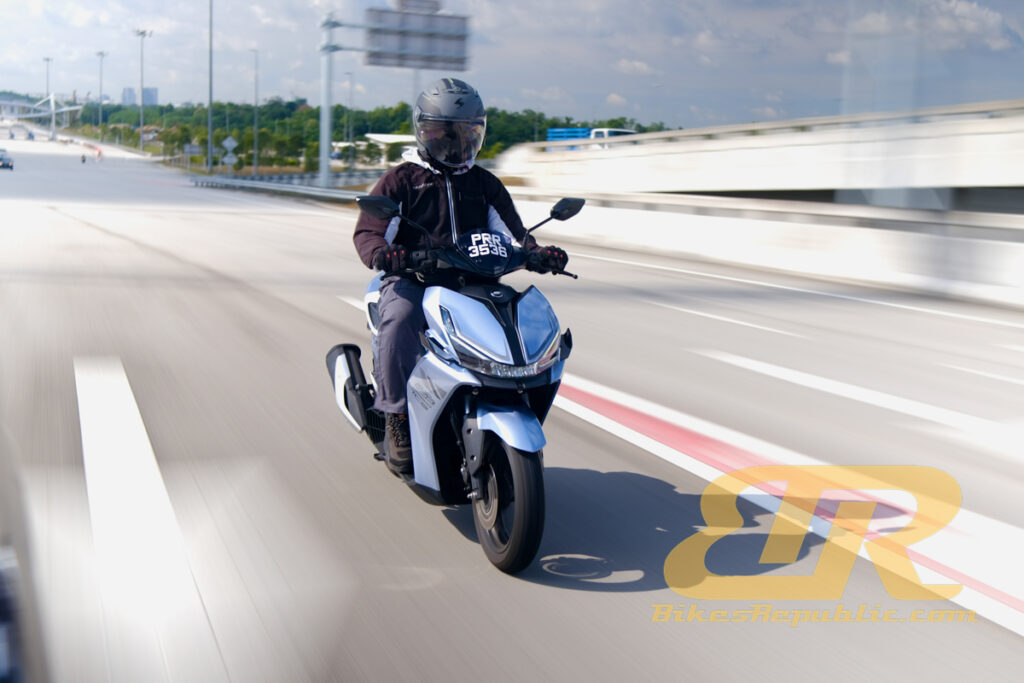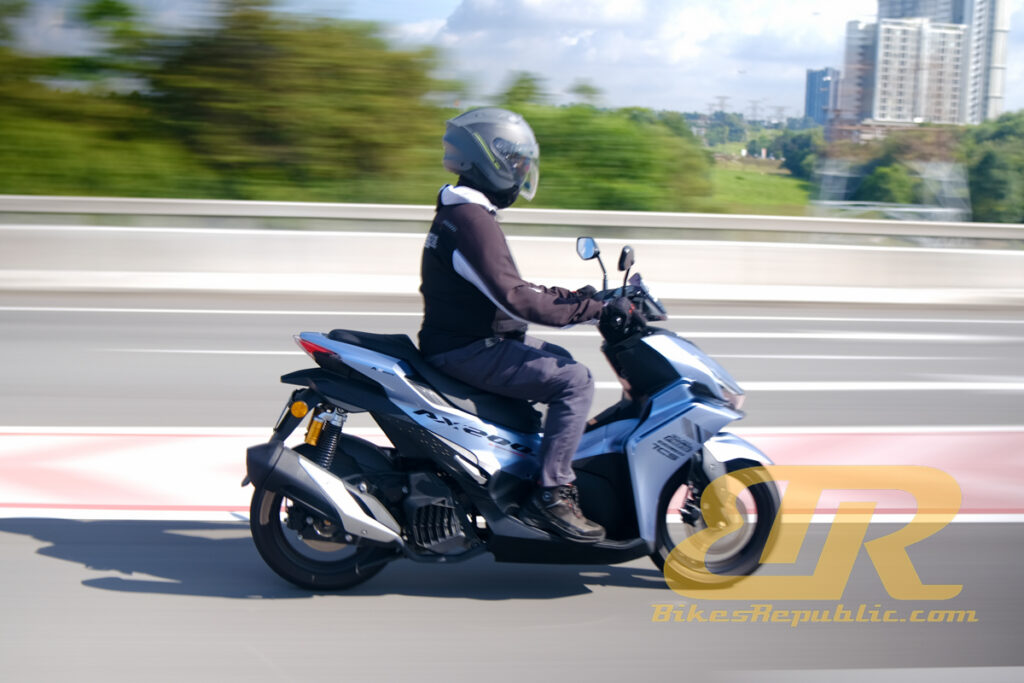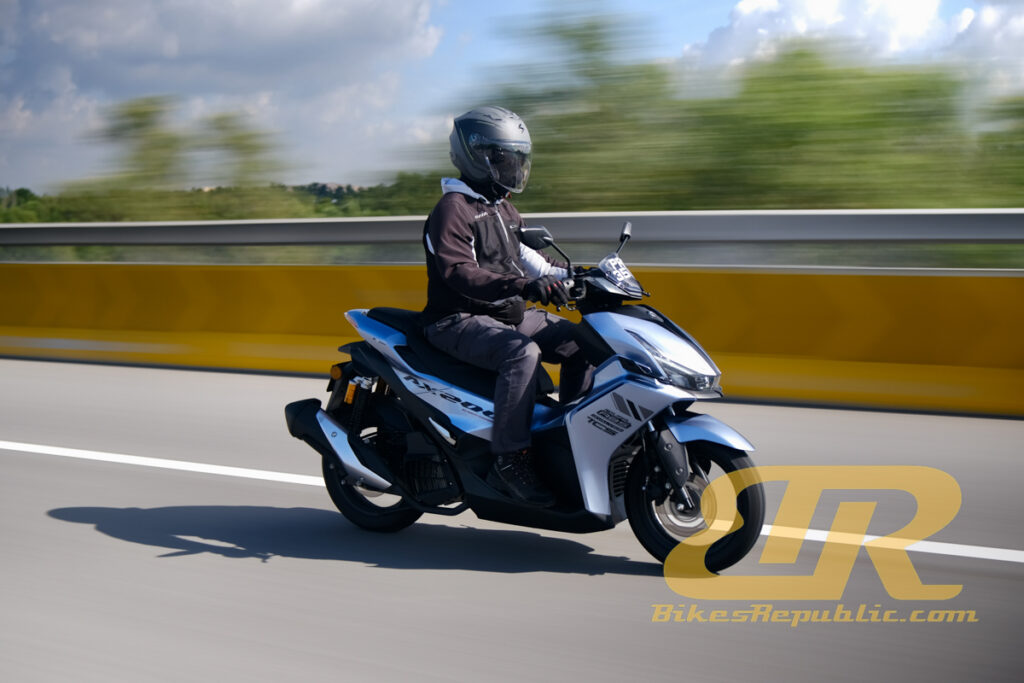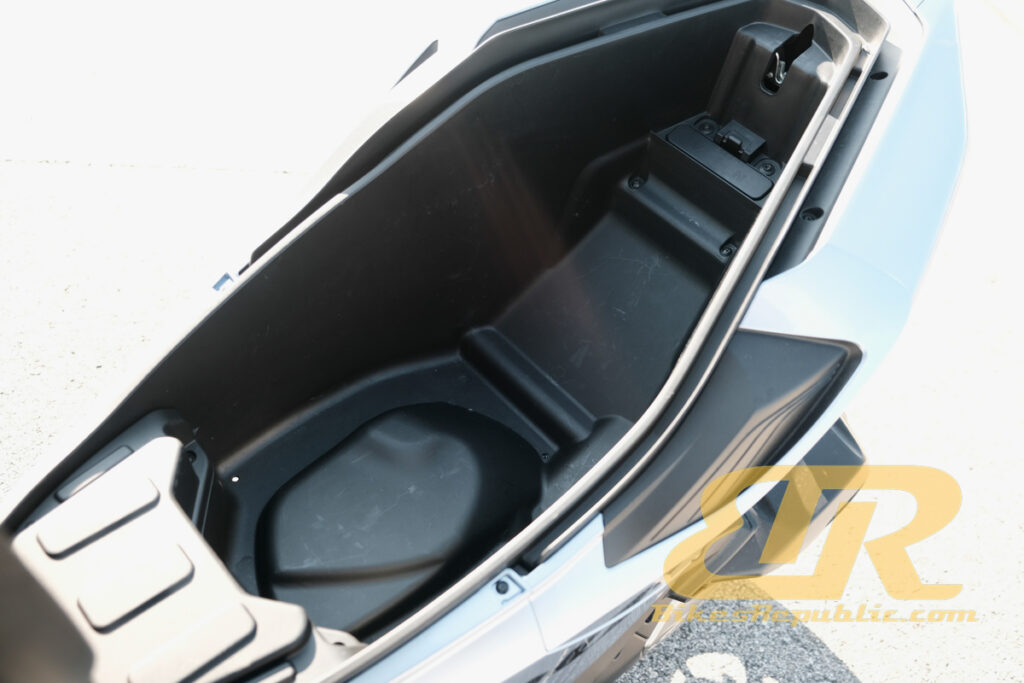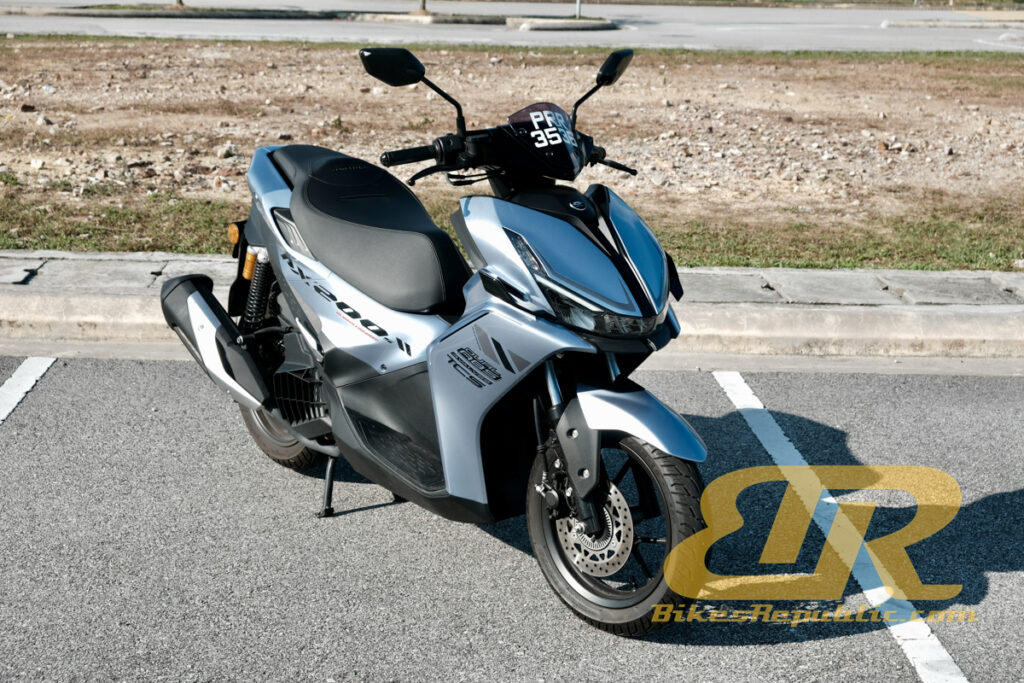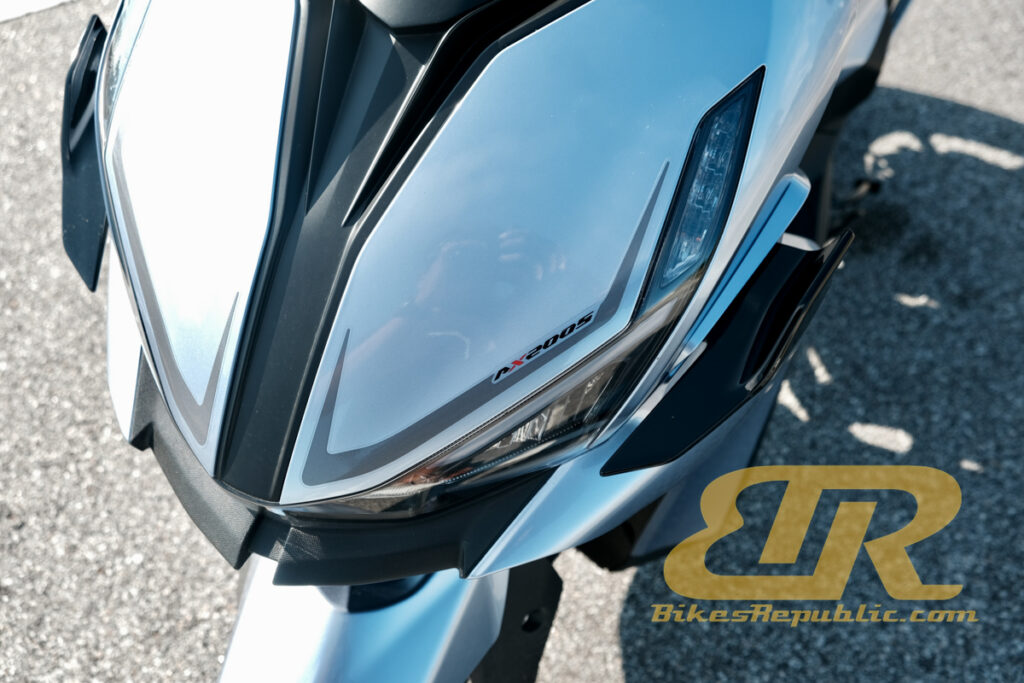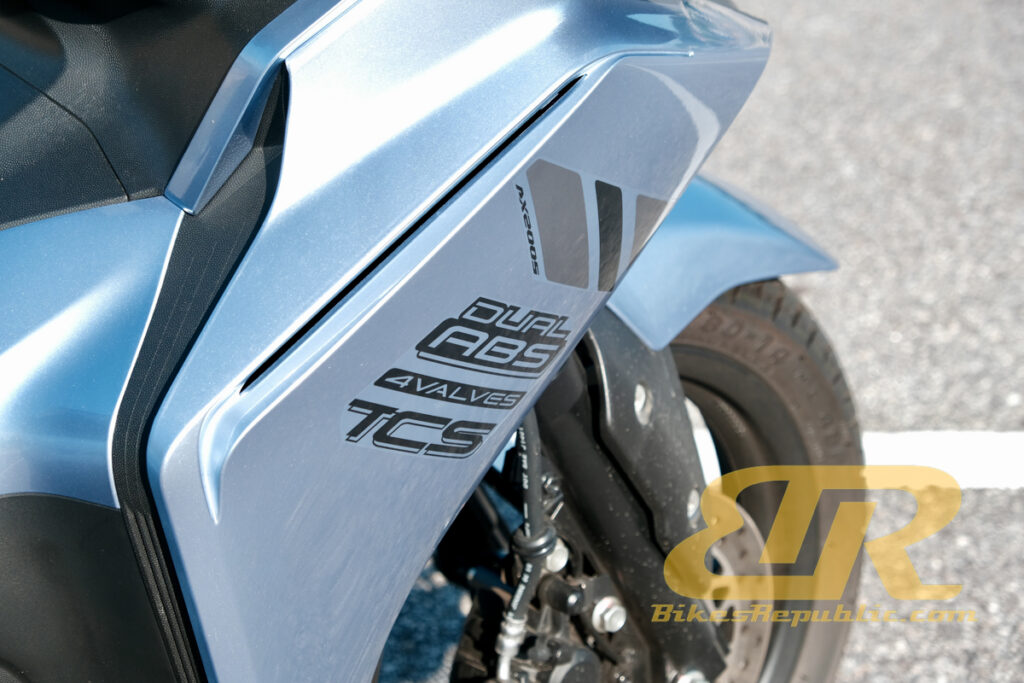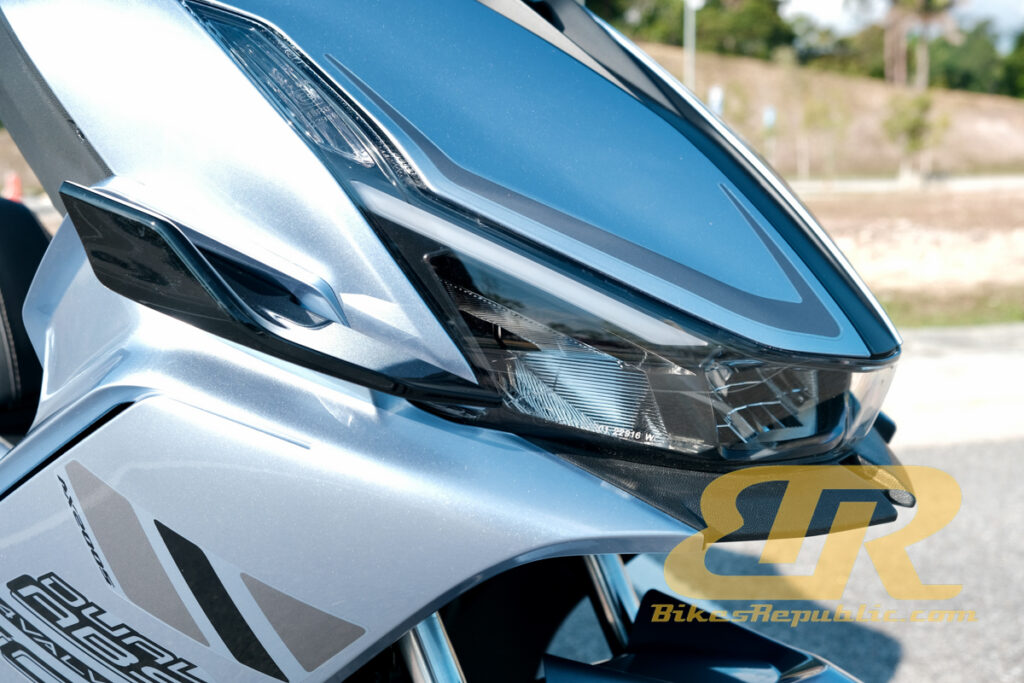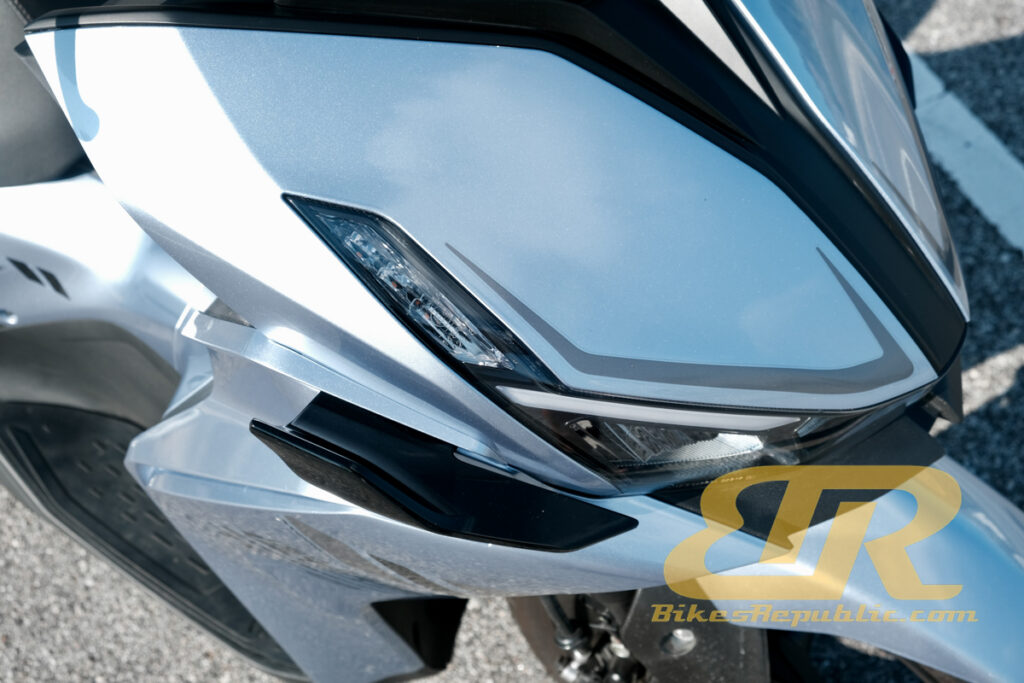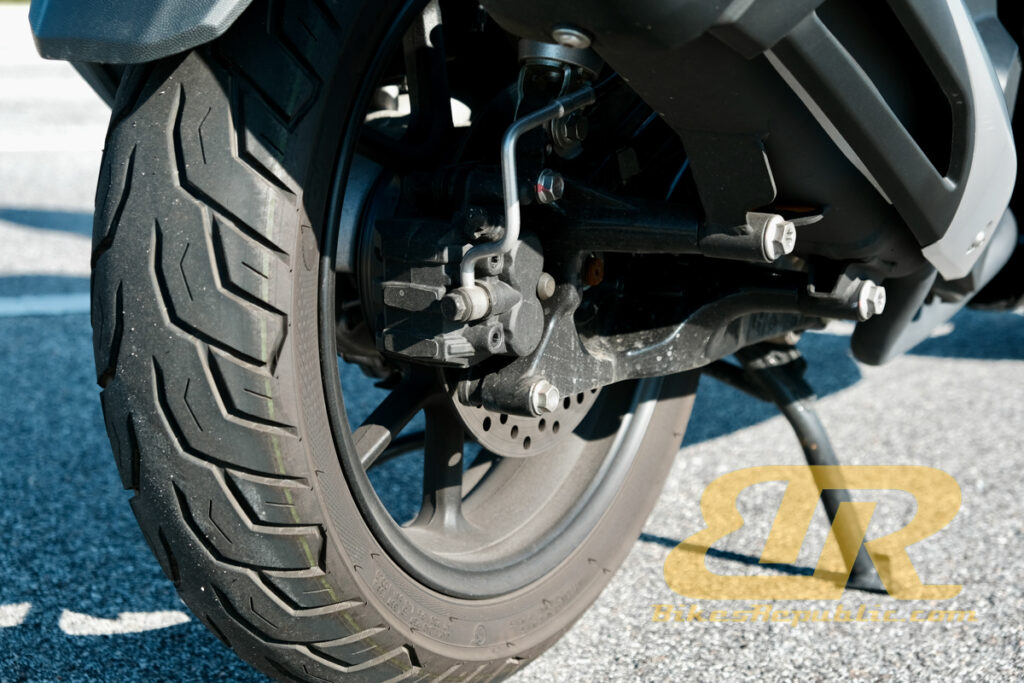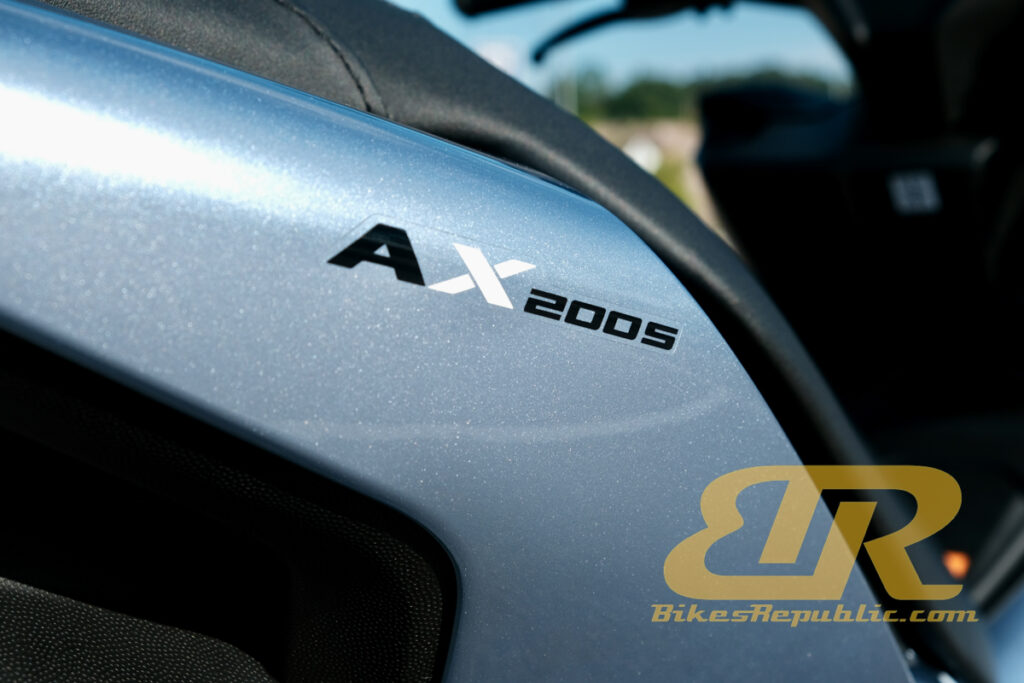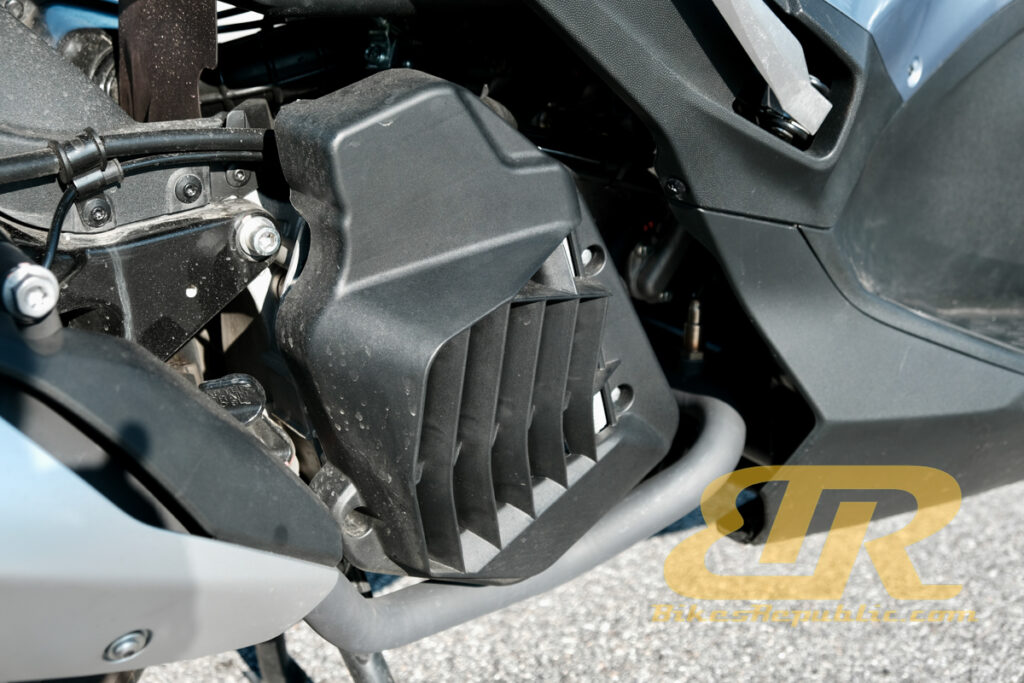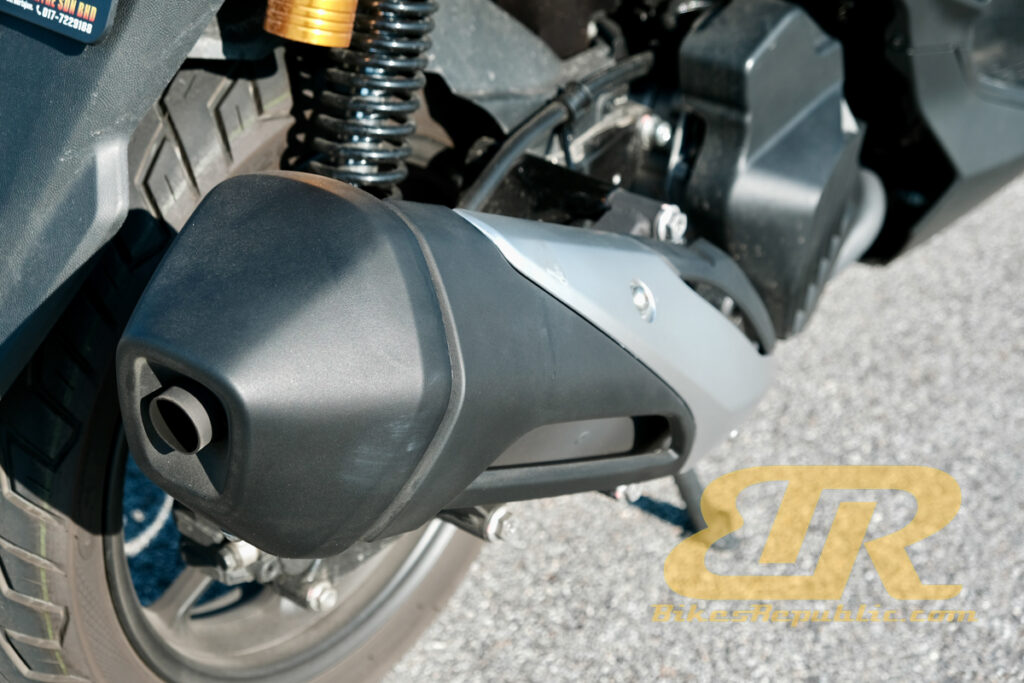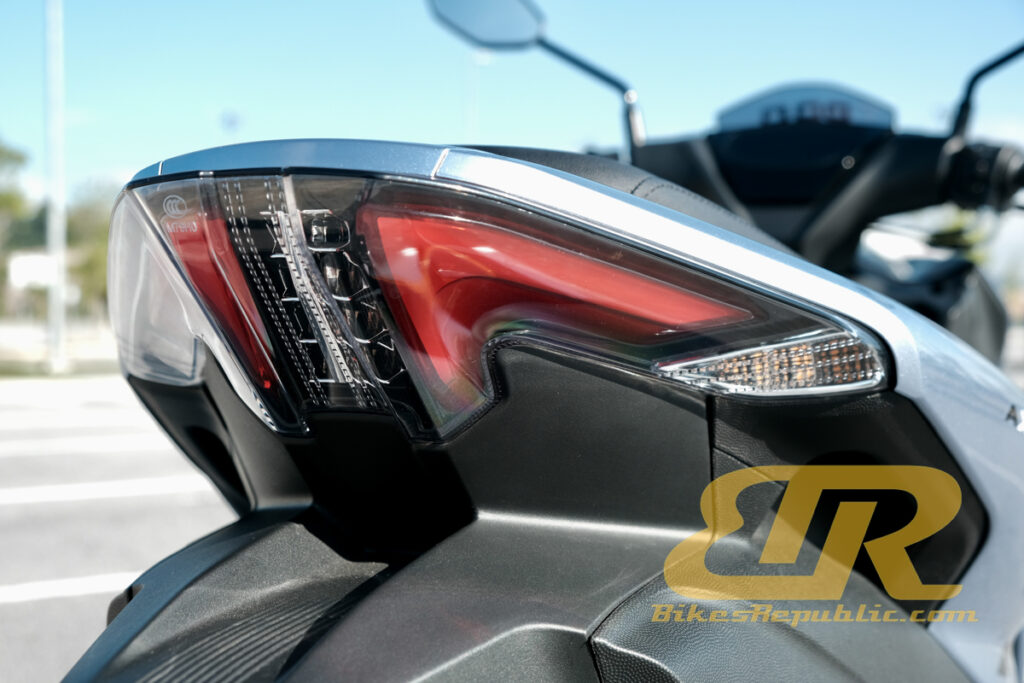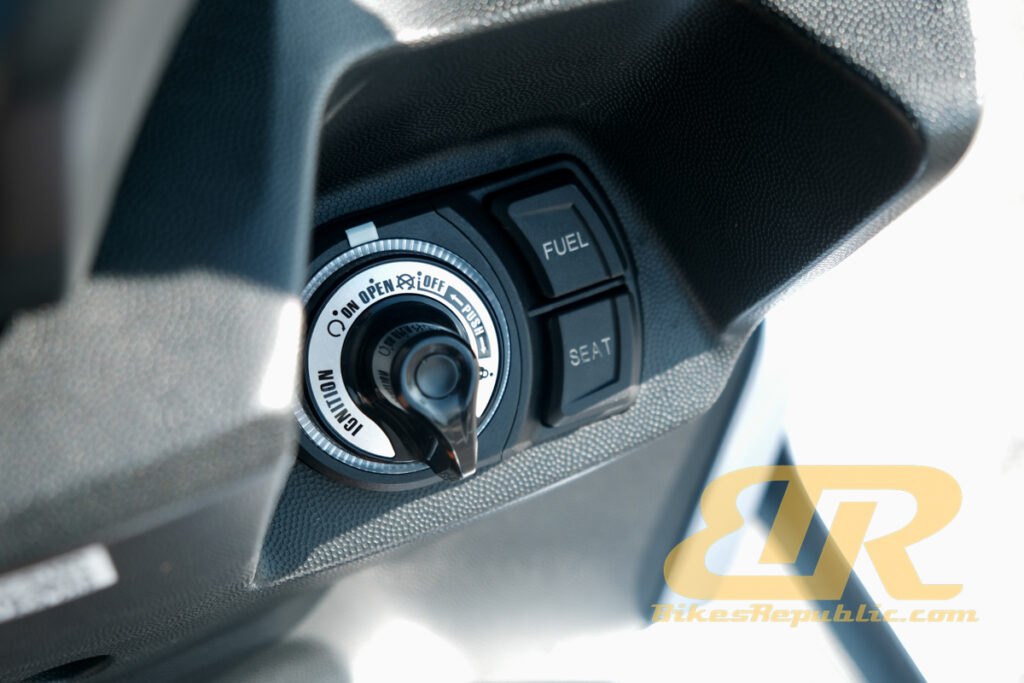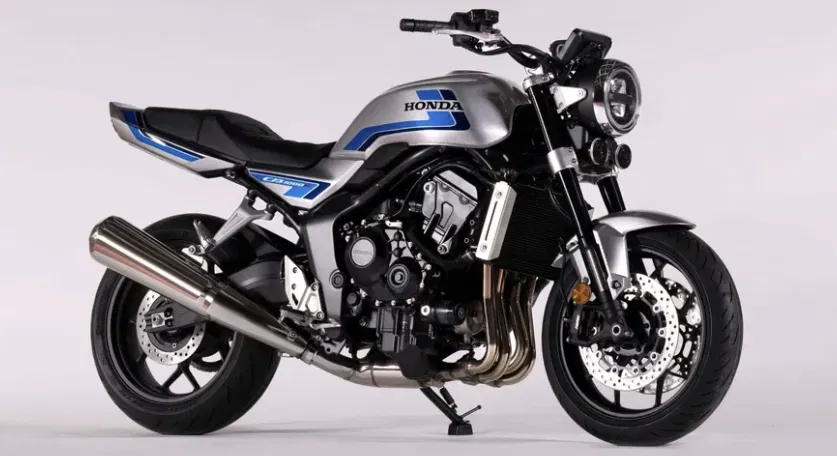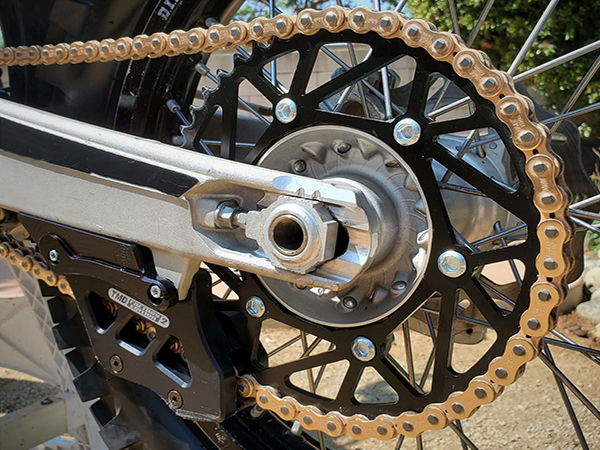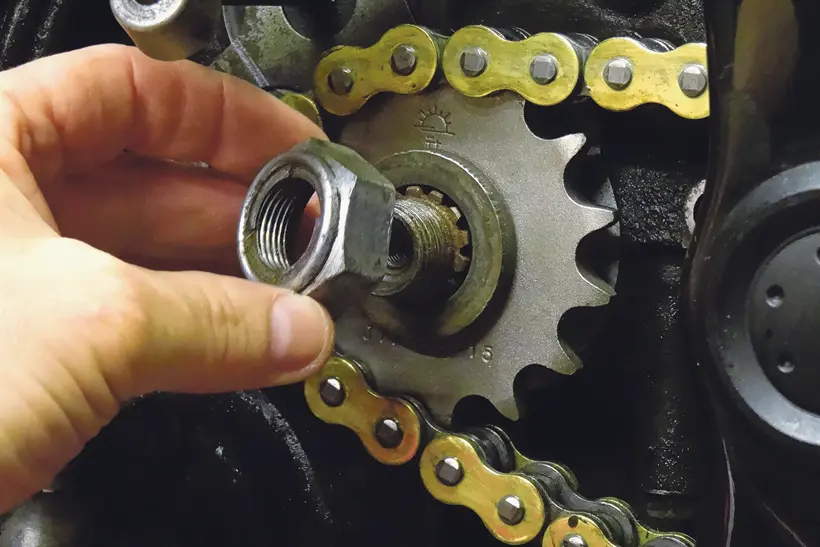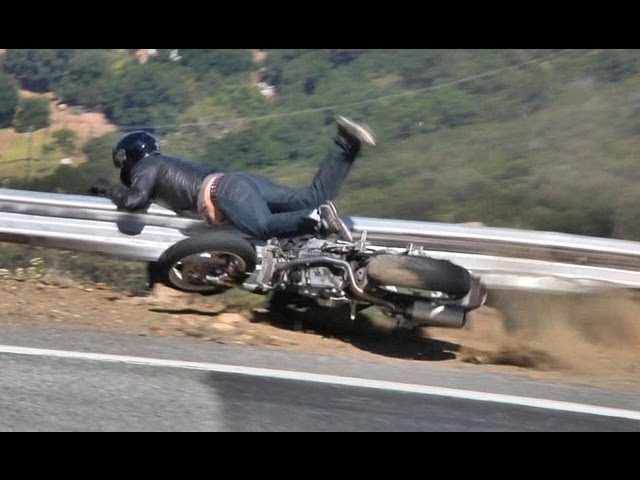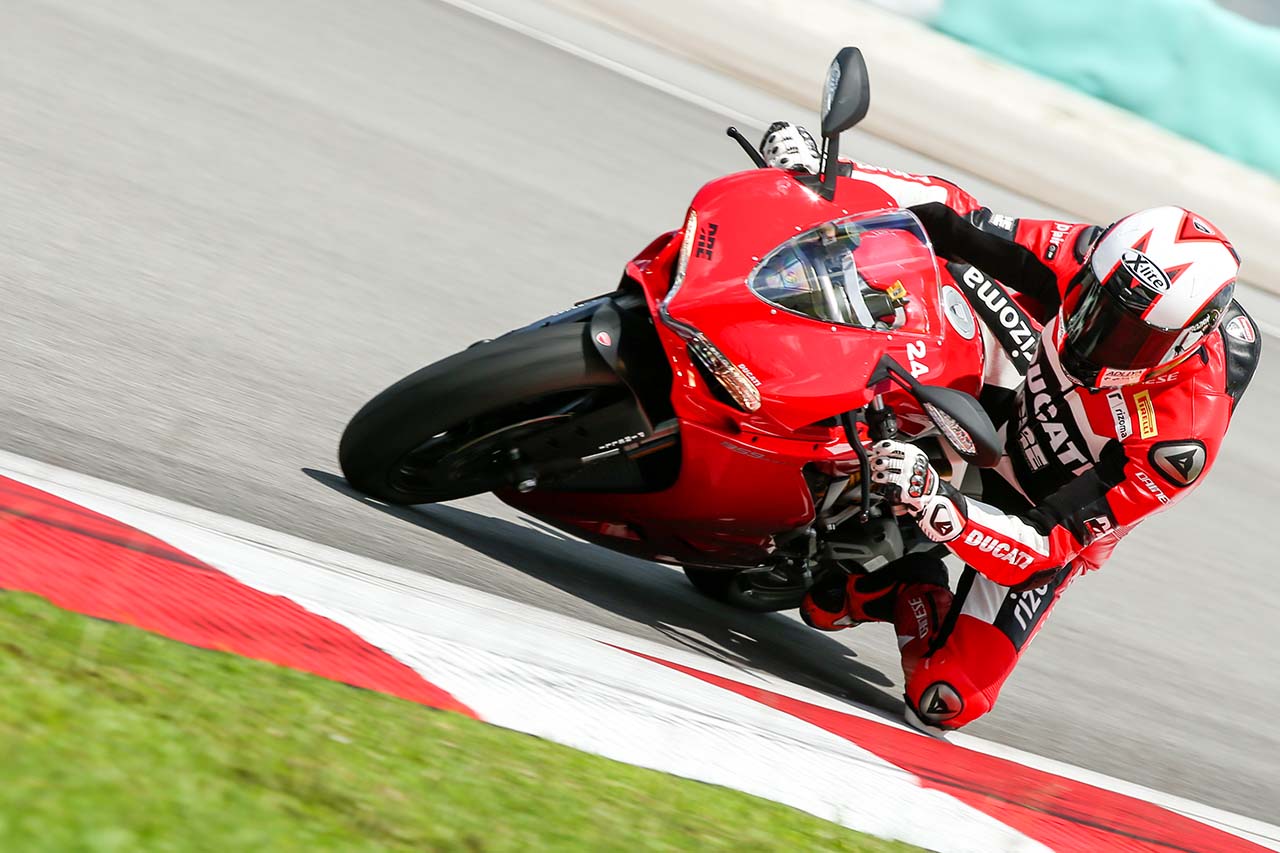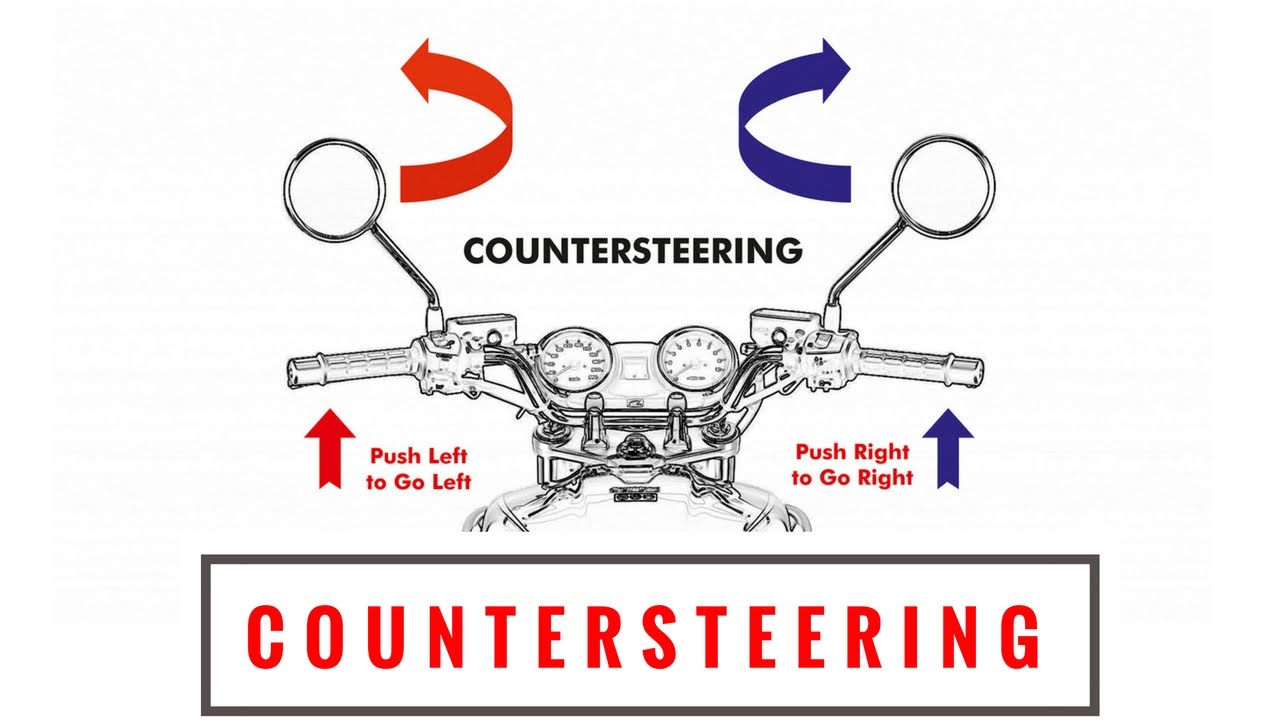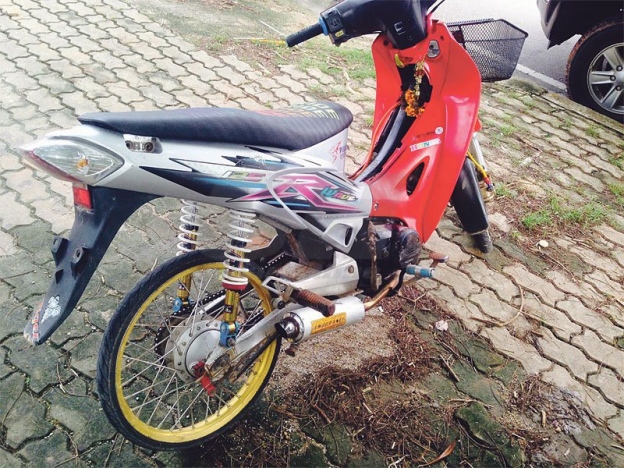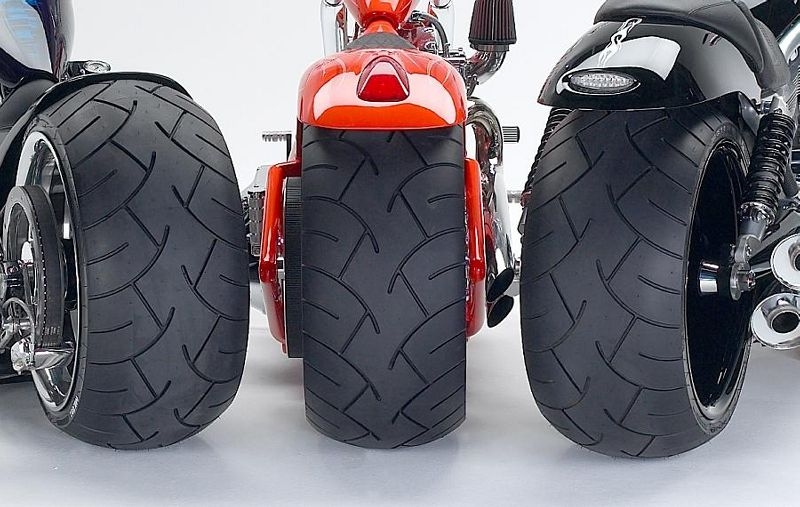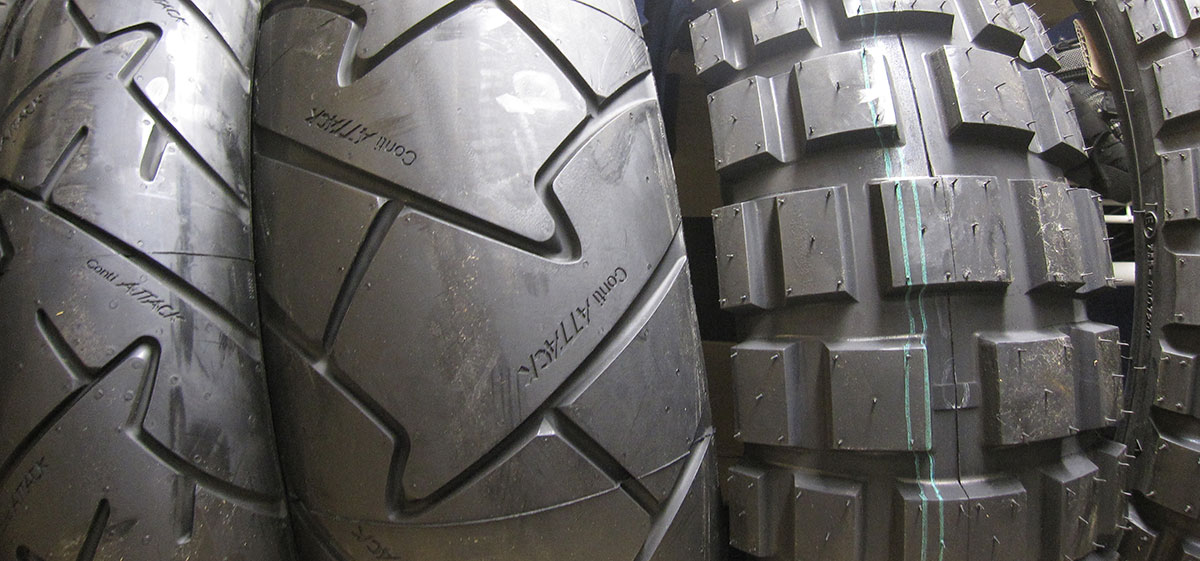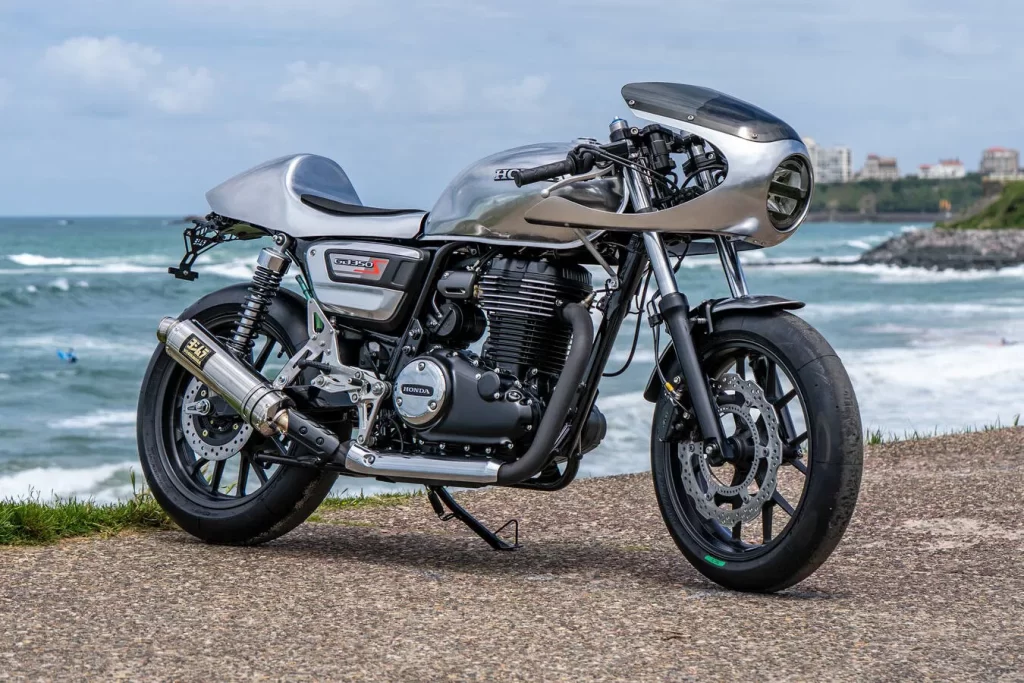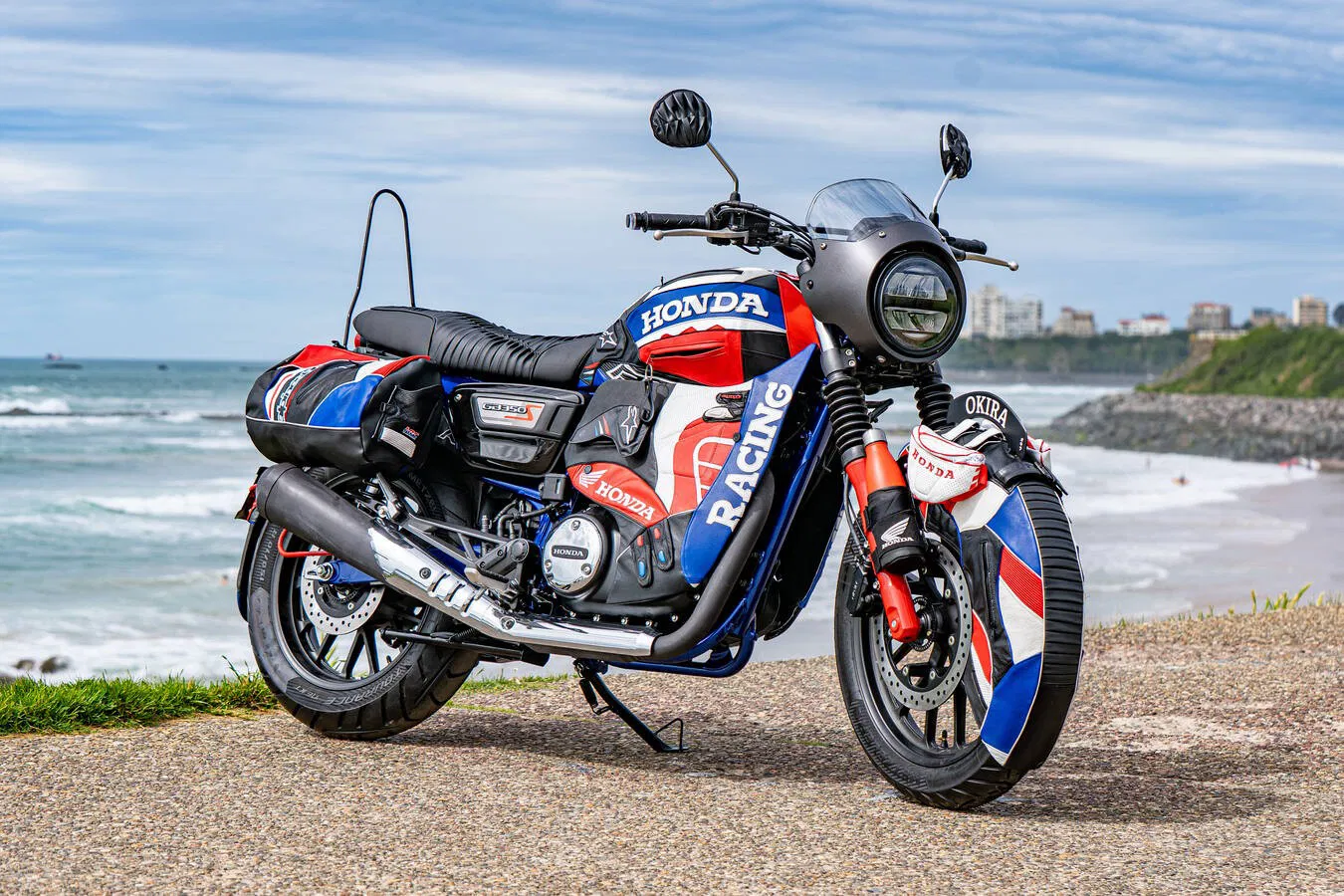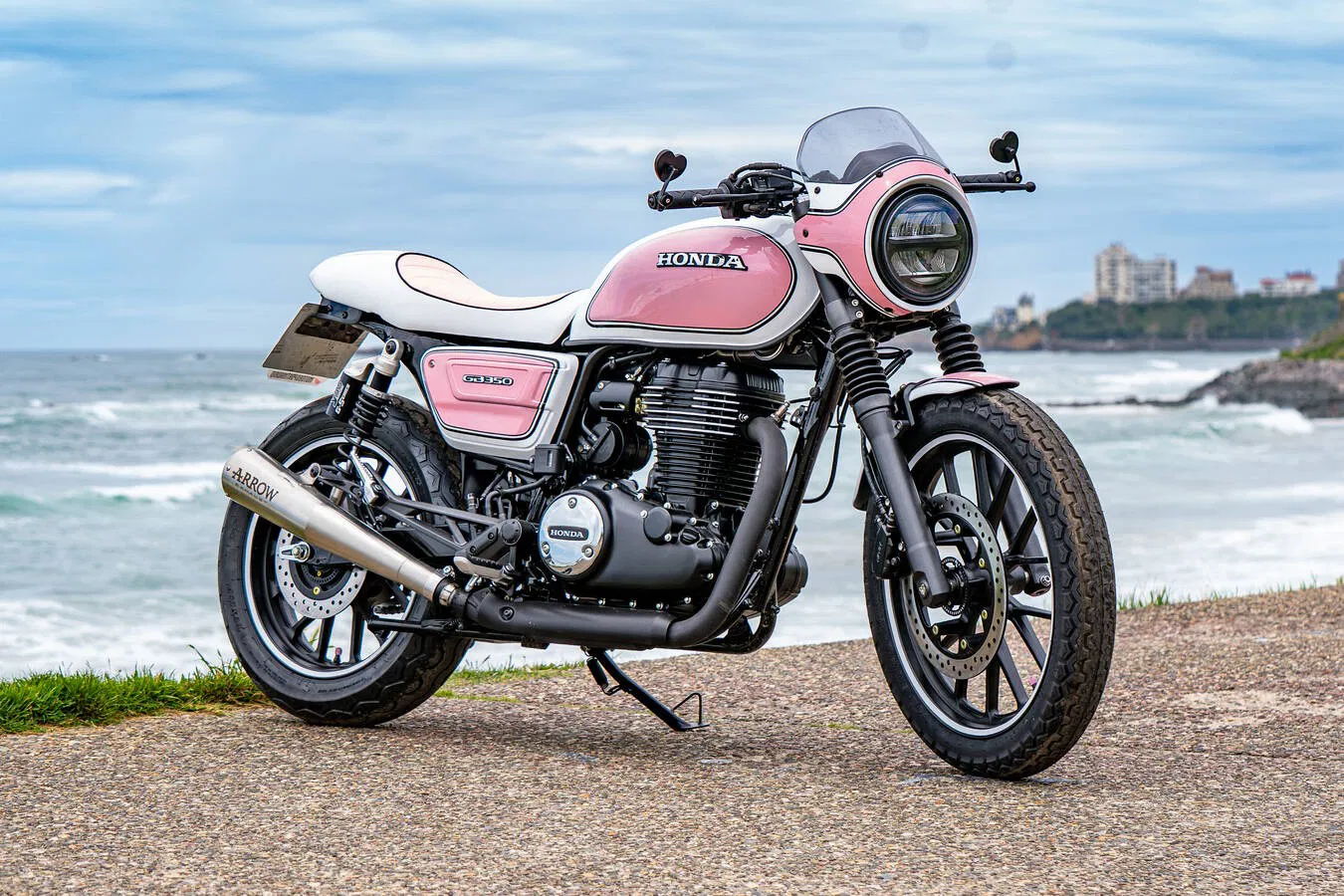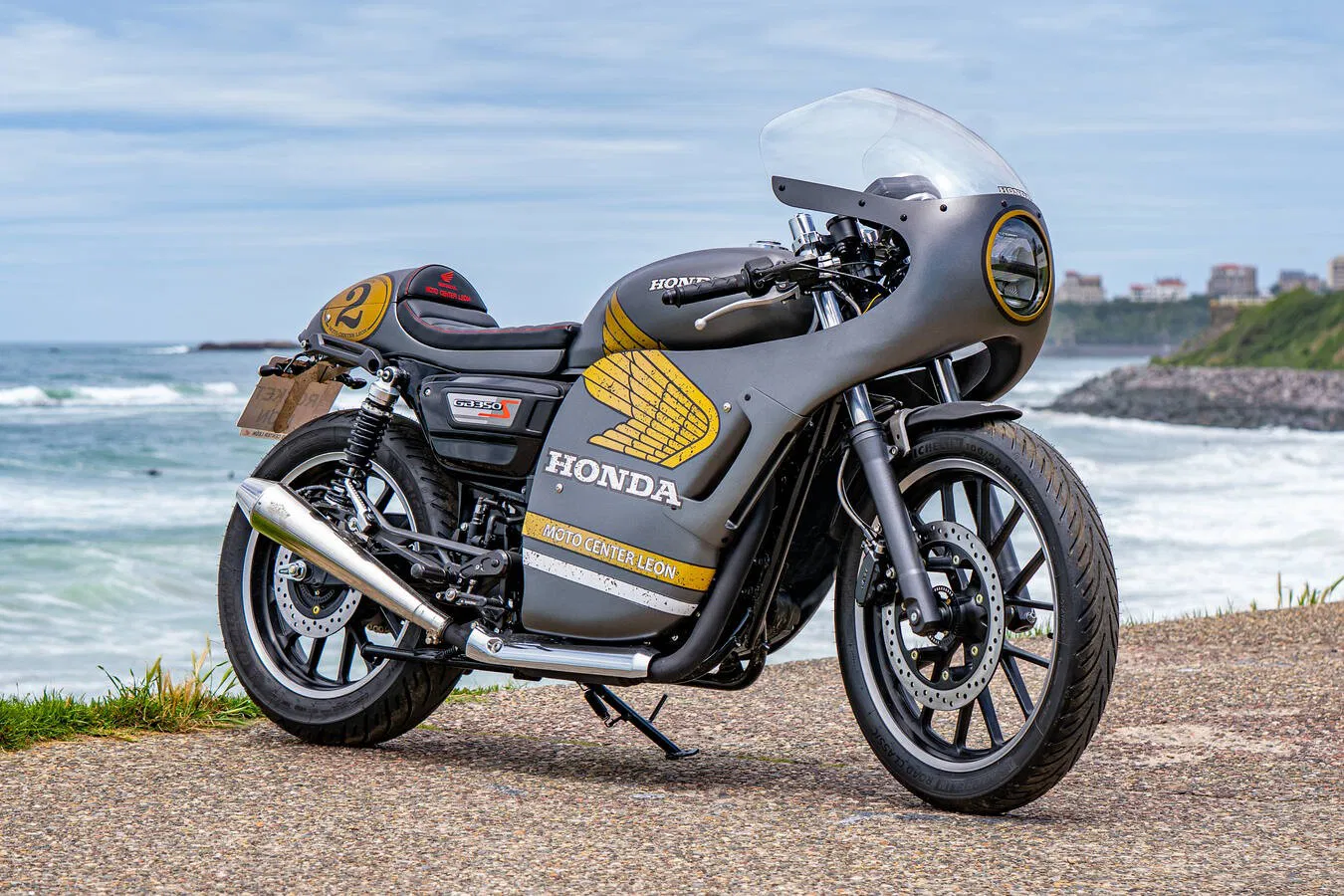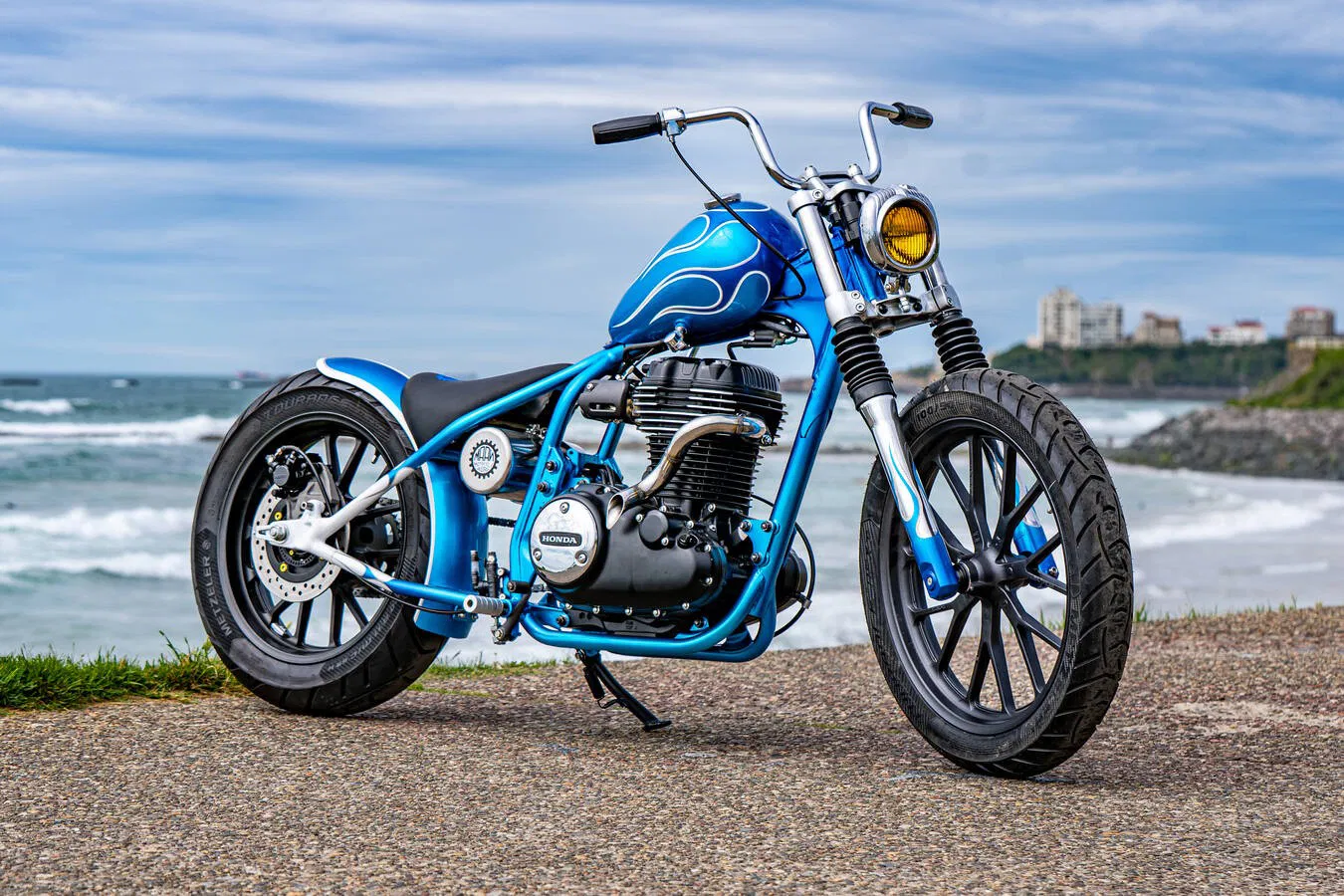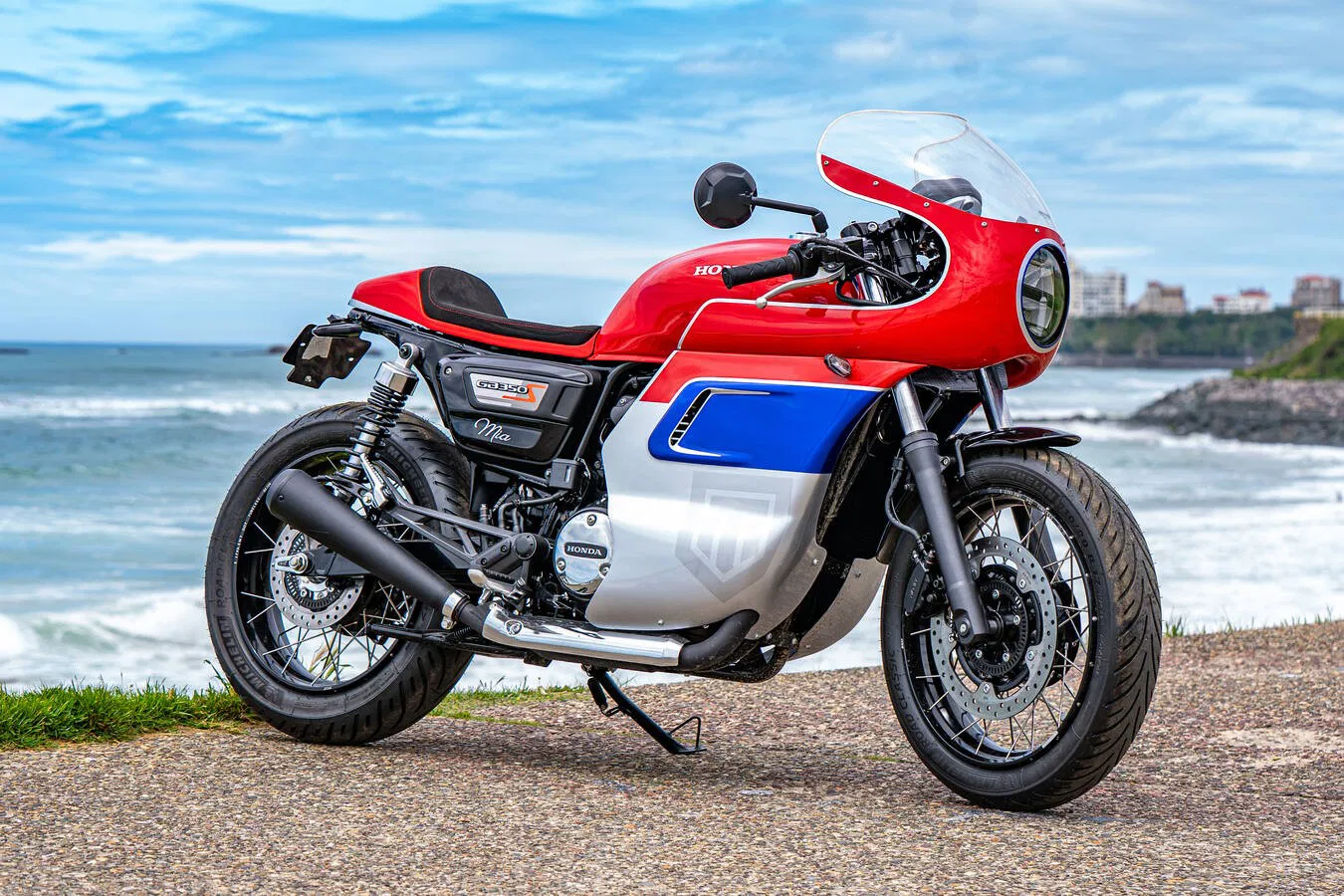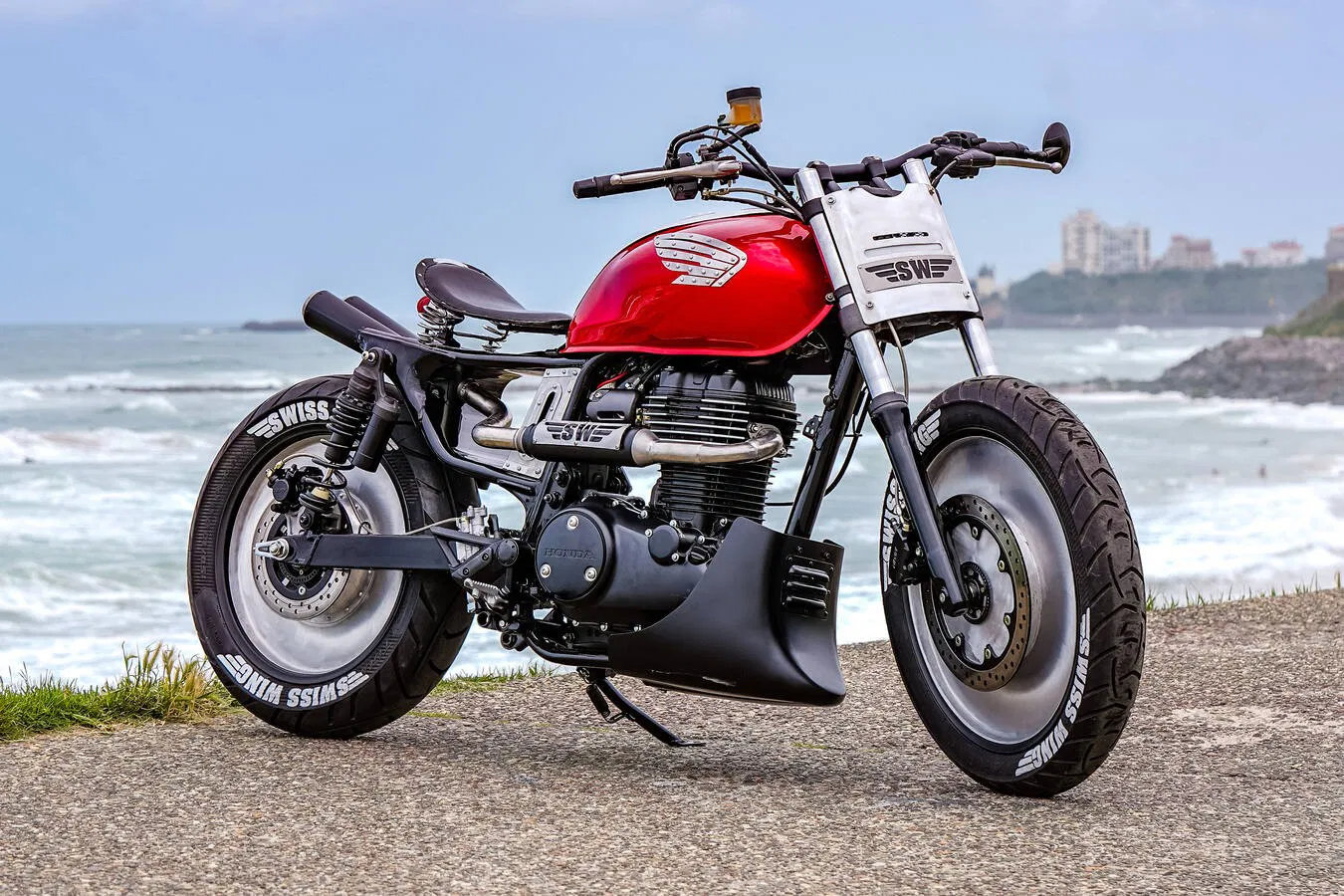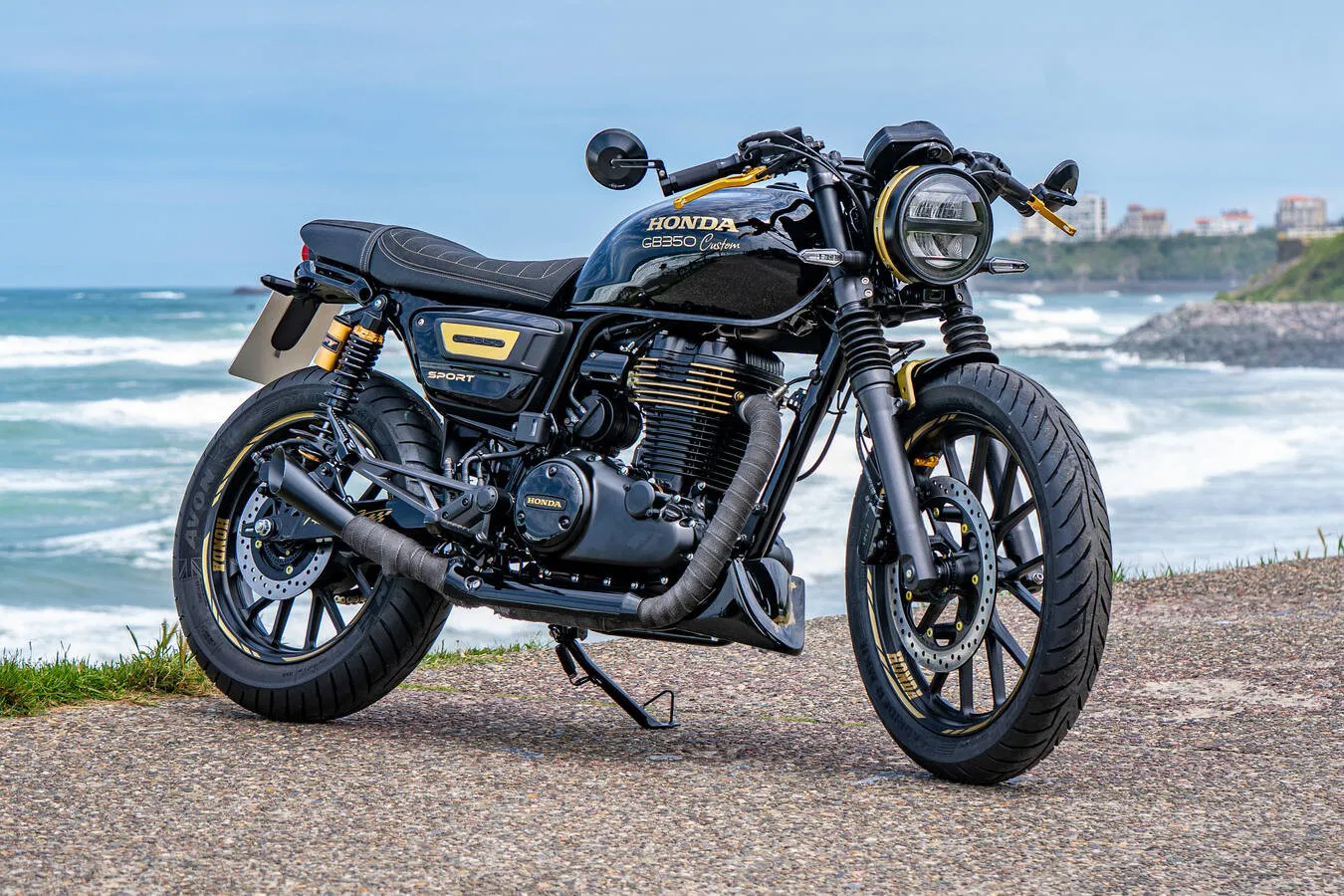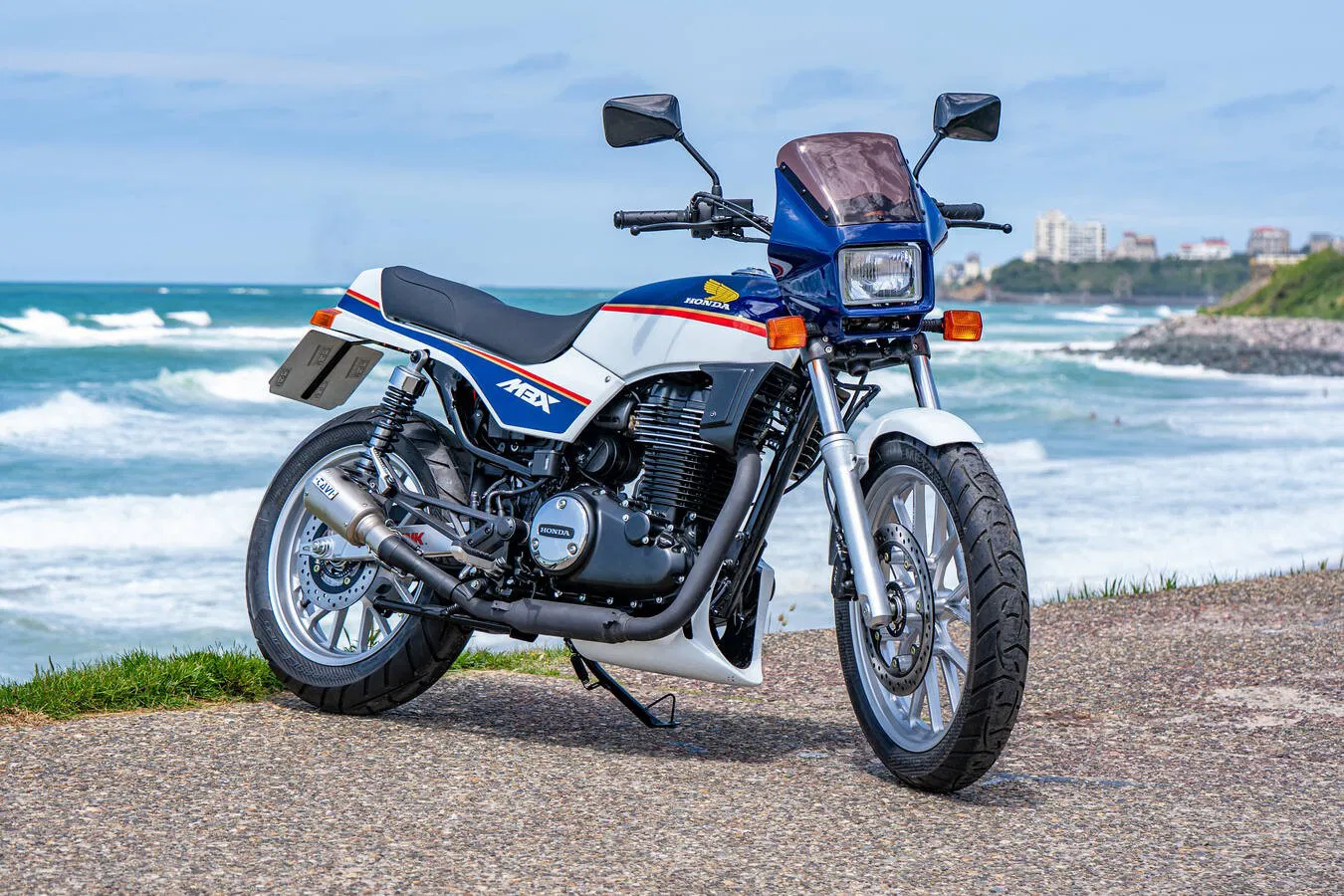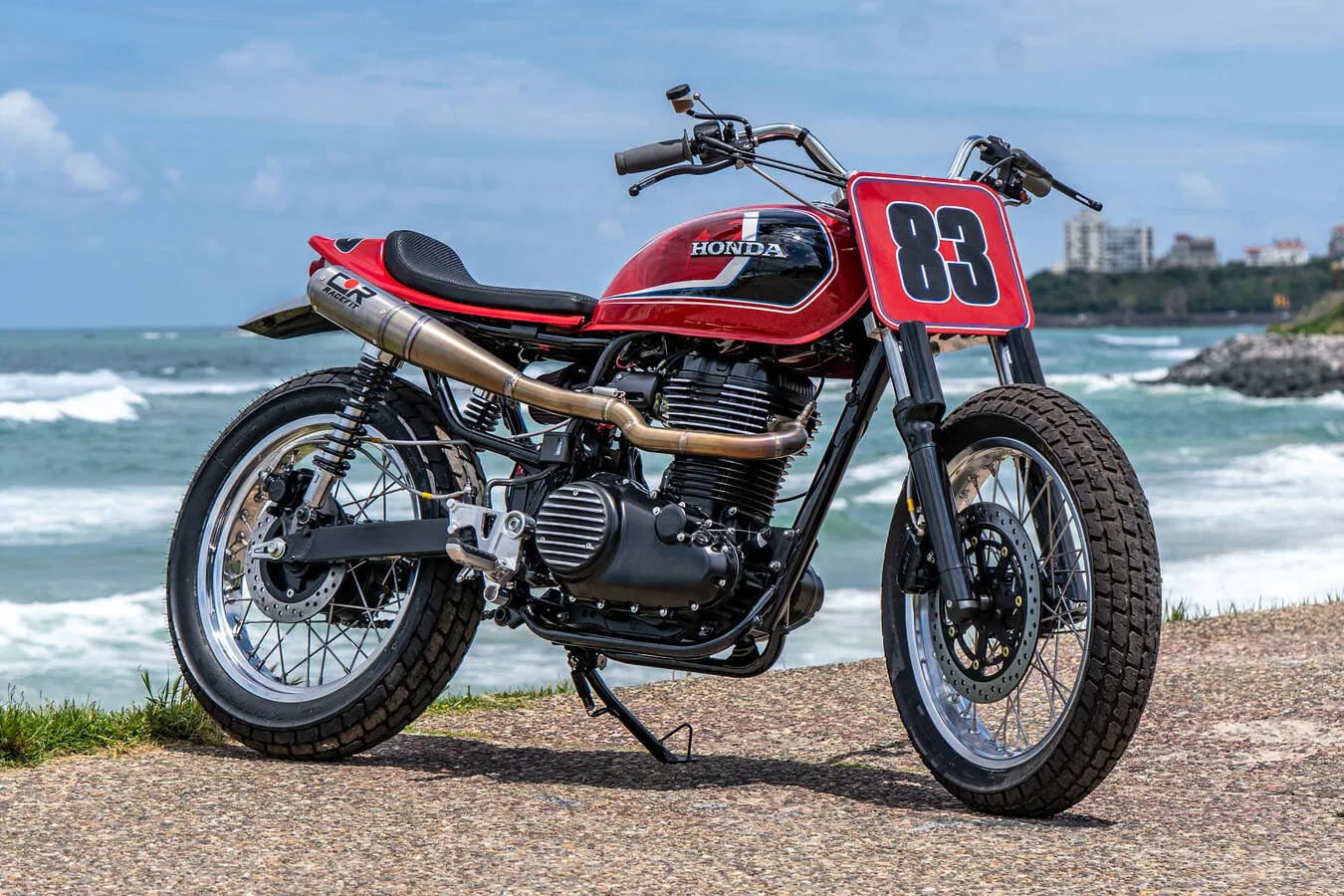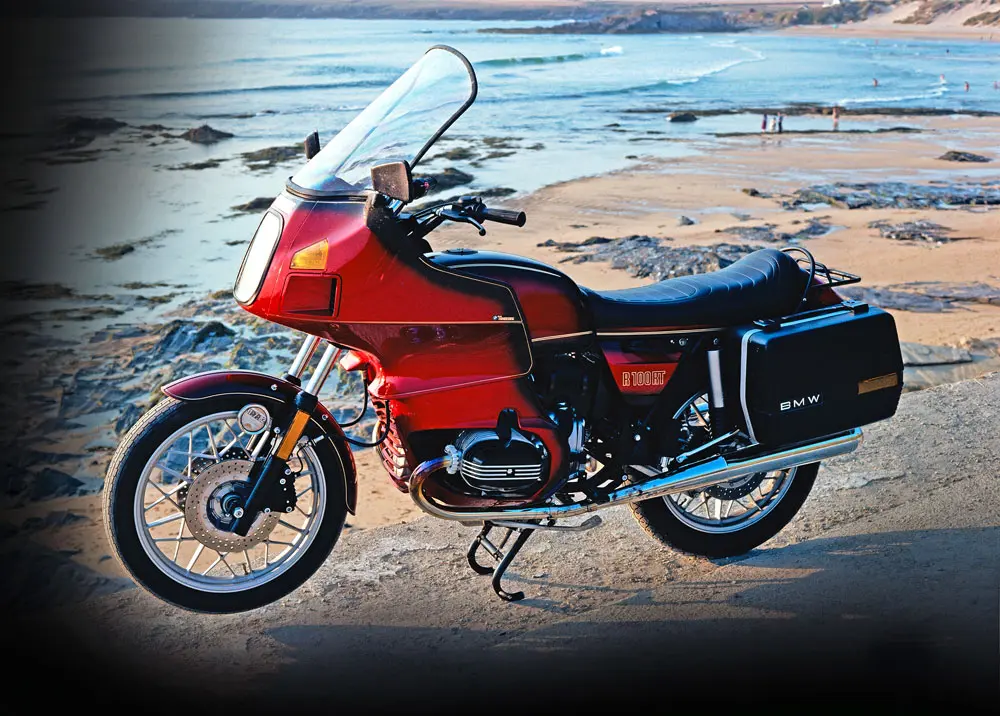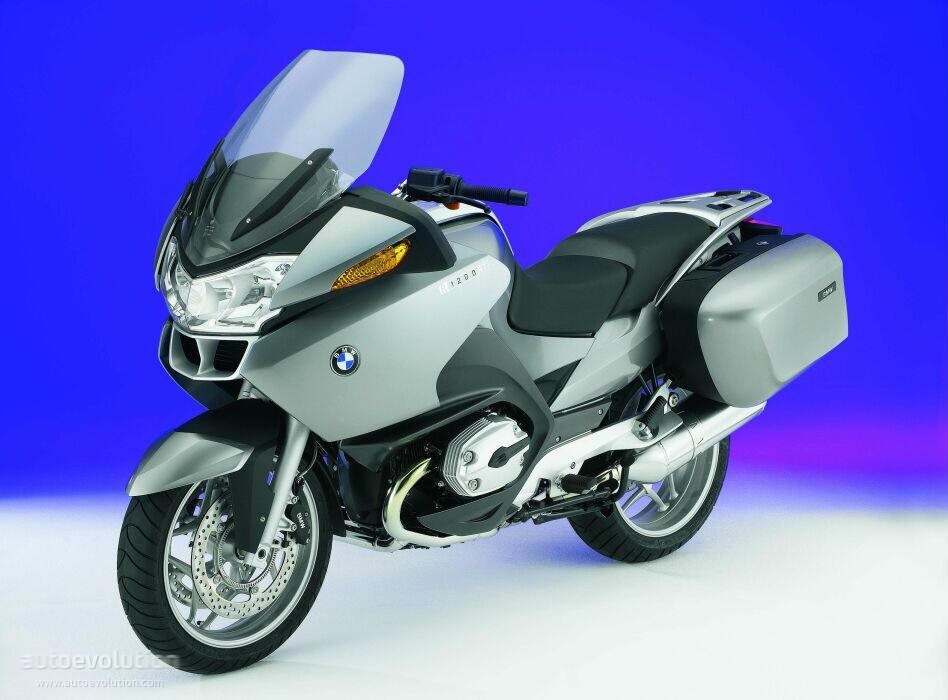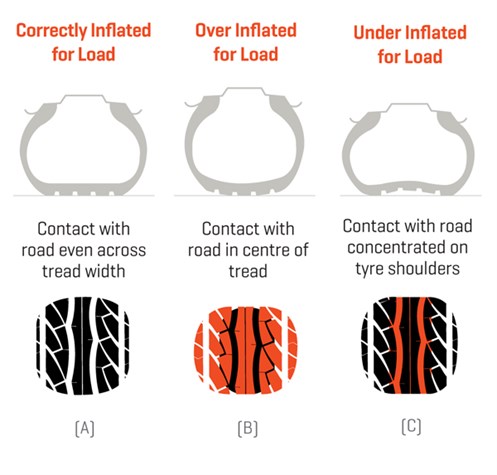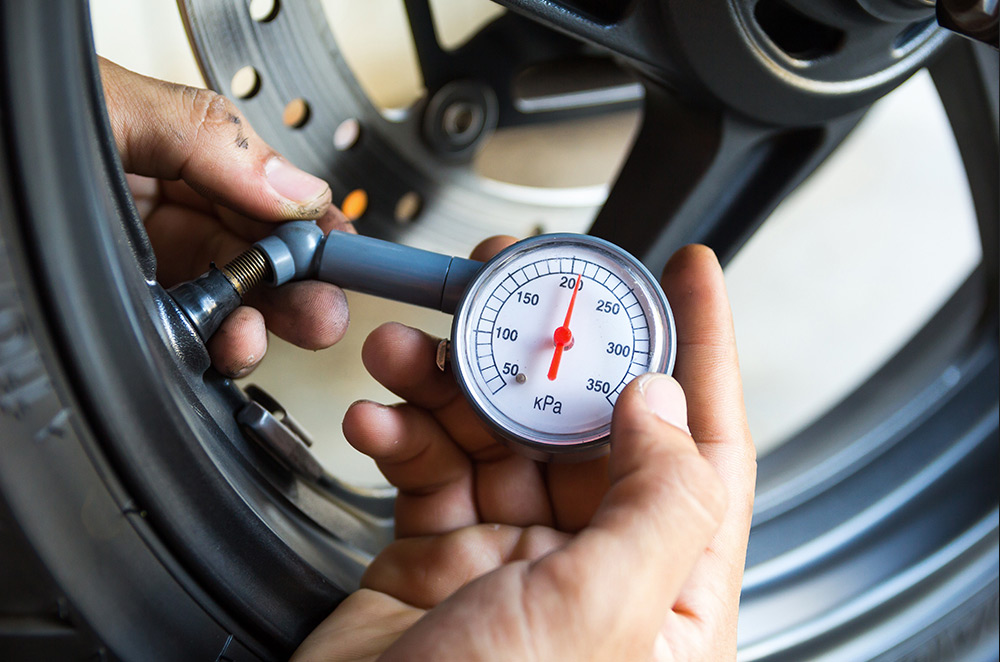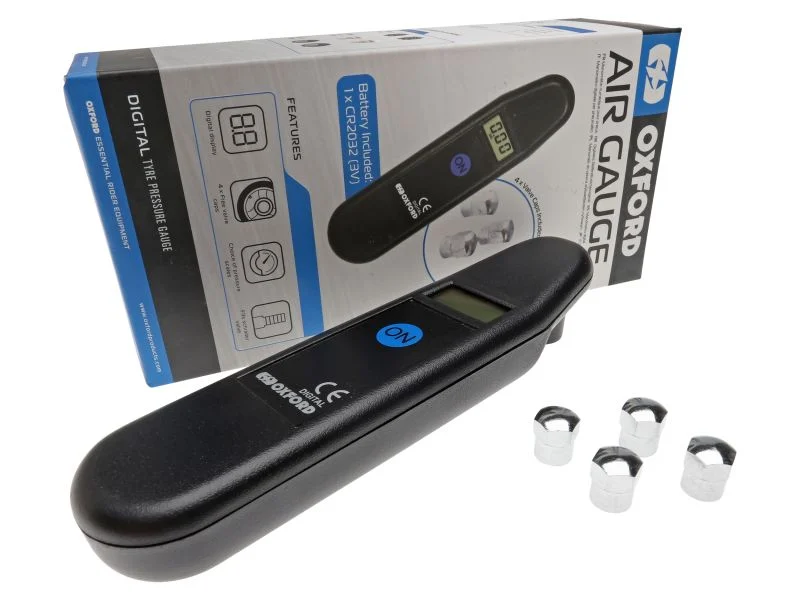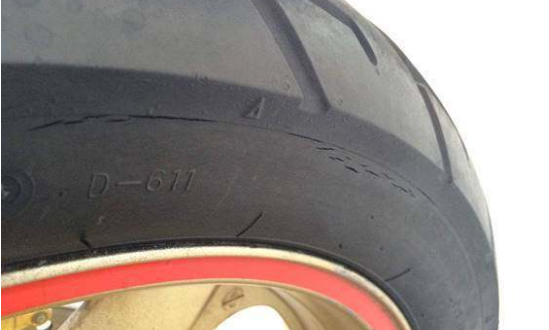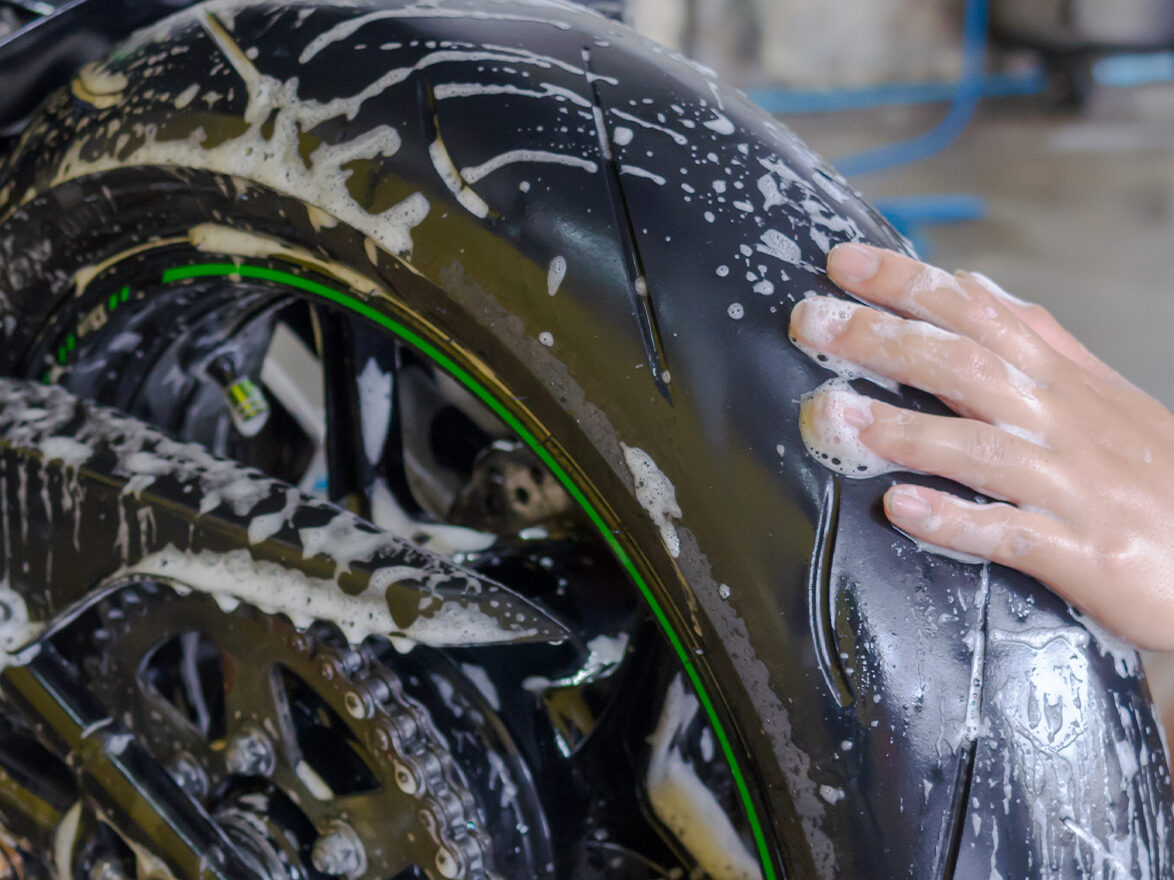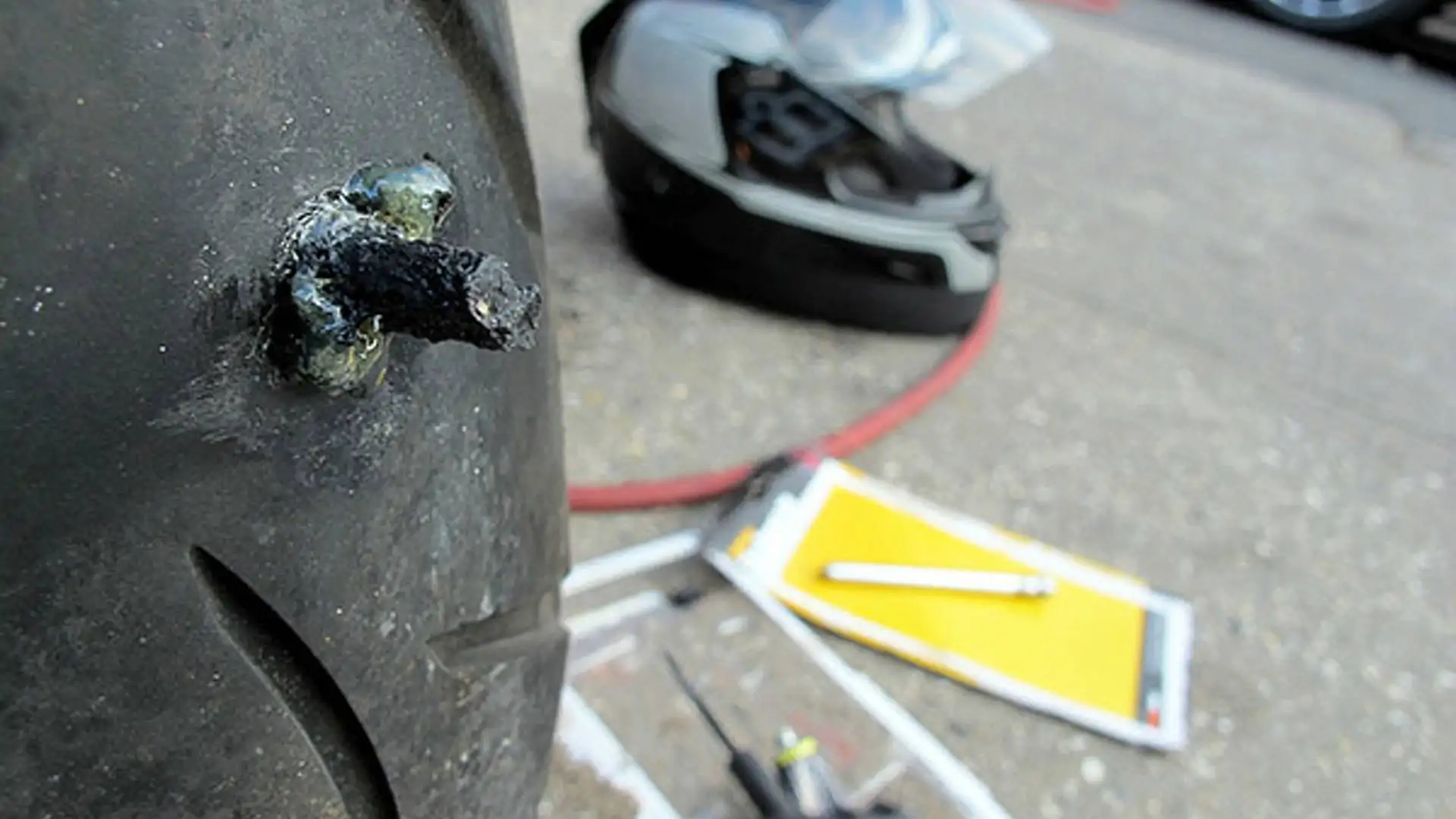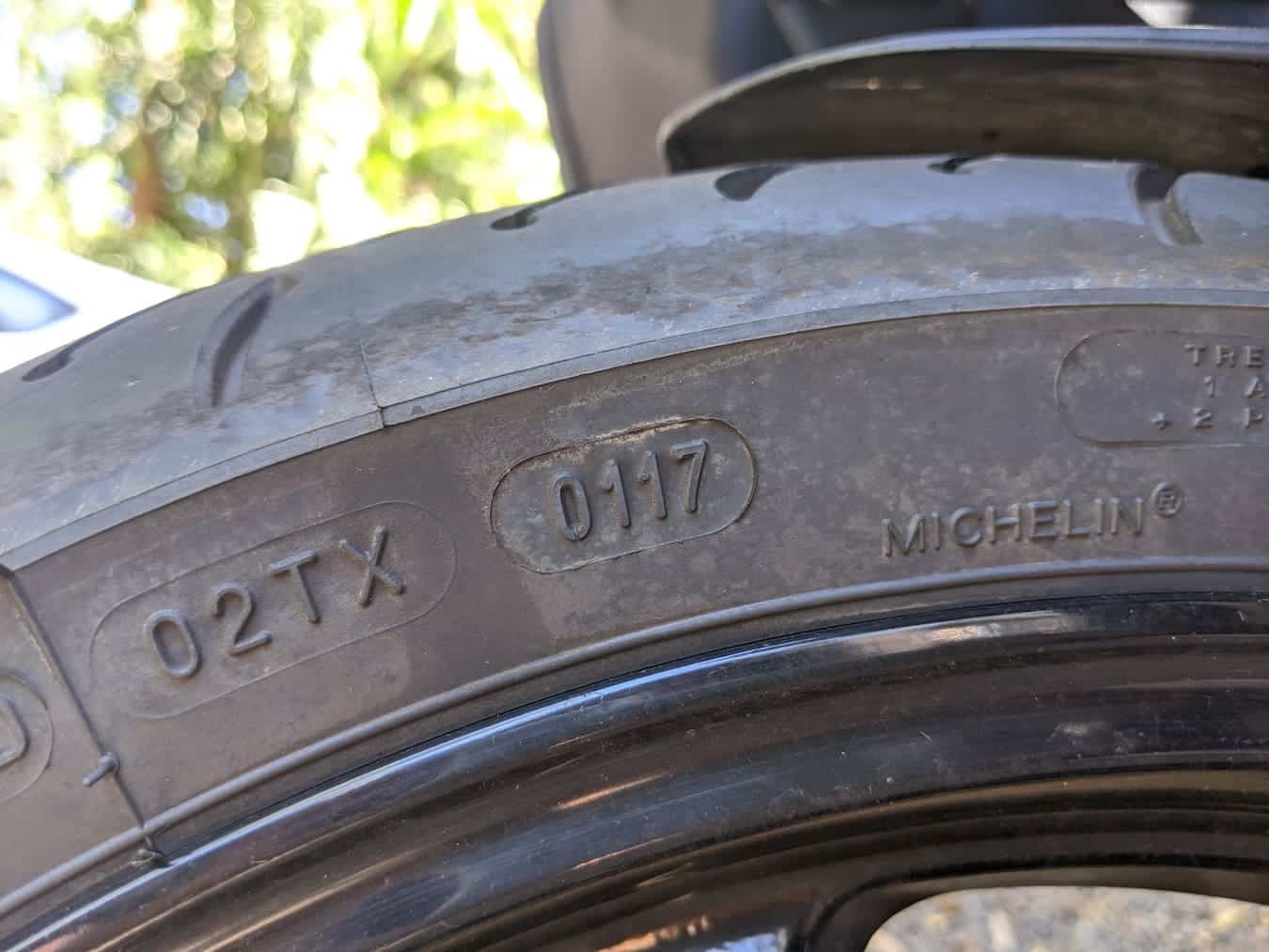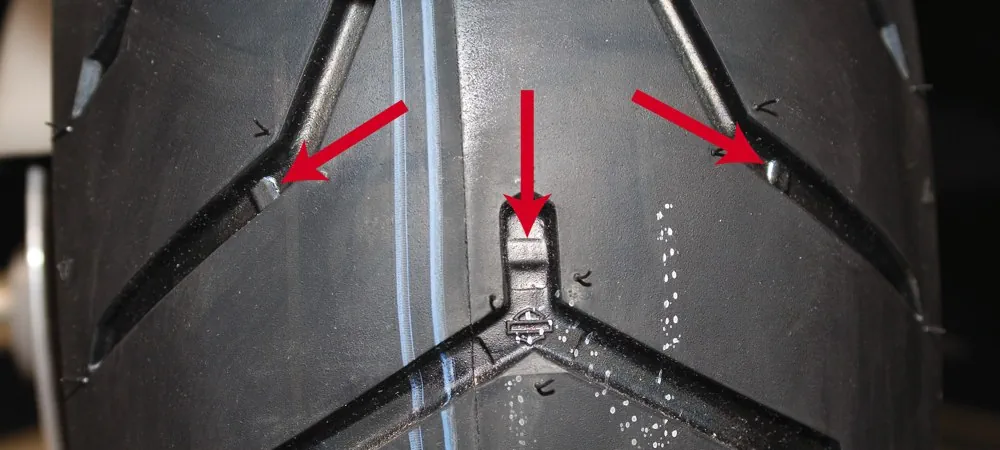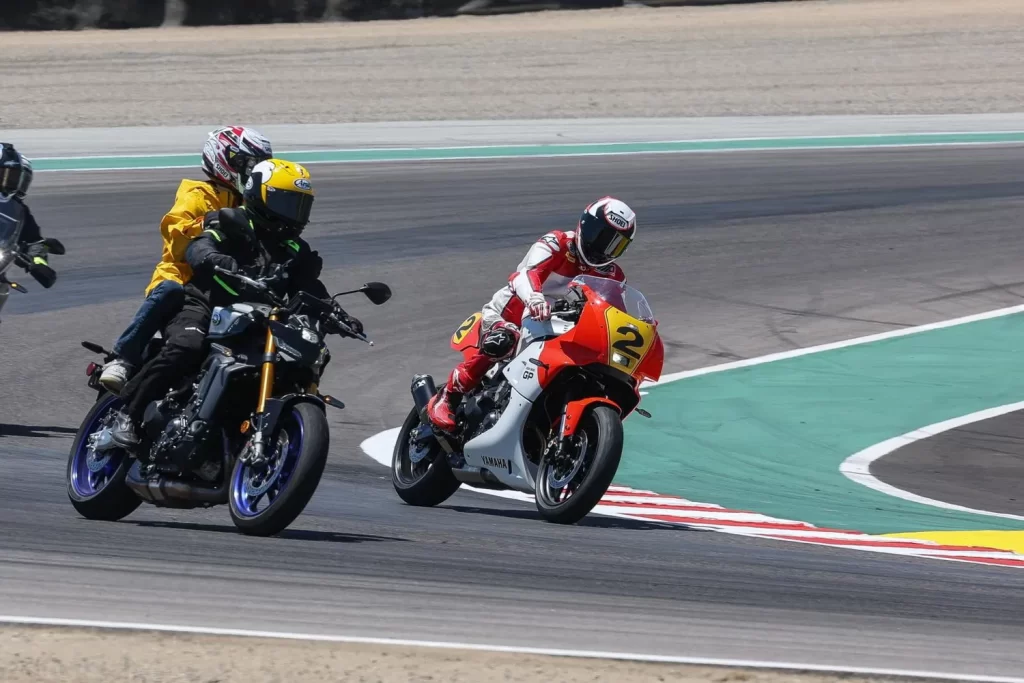We have been testing scooter after scooter since December 2024, including in China and Taiwan. There have also been several launched in Malaysia during that period, one of which was the 2025 QJMotor AX200s.
Since then, the bike had garnered quite a reputation in the lightweight scooter segment with many comments attaching a whole bunch of (positive) superlatives to it; the most common word used was ‘mantap‘ in Bahasa Melayu which collectively meant “awesome.”
Thus, we were eager to find out for ourselves if those claims really held any water.
What is the 2025 QJMotor AX200s?
The AX200s was launched back in May 2025, as another model distributed by the mega distributor, MForce Bike Holdings.
QJMotor, also known as Qianjiang Motorcycle, is a Chinese motorcycle maker that founded in 1985. They have grown by leaps and bounds since then, and currently holds the Keeway and Benelli brands. QJ is also part of the Geely Holding Group. Harley-Davidson had partnered with QJMotor in 2019 to produce a 338cc bike for the Asian market.
Over to the AX200s, it is a small capacity automatic scooter, but biased toward the urban-sport sub-segment, rather than an adventure scooter. As such, QJMotor did not hide the bike’s intentions by giving it a sharp and aggressive styling.
Let us not beat around the bush and say that it has found itself compared to the Yamaha NVX, mainly because of their similar styling.
Highlights of the 2025 QJMotor AX200s
- 175cc, single-cylinder, SOHC, 4-valve engine which produces 17.0 hp (13.0 kW) at 8,500 RPM and 15.2 Nm at 6,500 RPM.
- Front suspension utilises telescopic forks, while there are oil-damped twin shock absorbers at the back.
- 230mm single brake disc up front, 220mm disc at the back.
- Dual-channel ABS and switchable TCS are standard features.
- 100/80-14 front and 120/70-14 rear tyres.
- 730mm seat height.
- 10-litre fuel tank.
- Dry weight of 127 kg.
- LCD screen with touchscreen “buttons.”
- Idle stop function.
- LED lighting.
On paper, the AX200s pulls ahead in several aspects, such as engine capacity hence maximum power and torque outputs, besides featuring a rear disc brake, bigger fuel tank, and touchscreen metre panel. What it lacks is a smartphone connectivity feature like the Yamaha Y-Connect, but we cannot have it all, can we?
Riding impressions
Pre-ride
Our first impression of the QJMotor AX200s was how compact it is, so much so it could easily be mistaken for a 100cc scooter. It was short from headlight to taillight, had a narrow handlebar, and a diminutive passenger’s seat. That made it look both sporty and cute.
As with every scooter, everything was tucked away underneath a neatly designed bodywork. Speaking about neat, say all you want about Chinese motorcycle makers, but this bike oozed quality: The paint was flawless, there was no rough edge on the plastics, and metal parts had smooth finishing.
The front “glovebox” was small and had enough space for a standard-sized smartphone and a USB-C charging port. The underseat storage space was also rather small, due to the bike’s compact exterior.
Moving onto the instrumentation, data was displayed on a beautiful colour LCD screen. The letters and icons are so sharp that some thought it was a TFT screen. There was no physical button to switch among the information and to turn the traction control off. Instead, you tap and hold the SET “button” until it blinks, then tap the ADJ icon to select. It works if you wear gloves with phone touch pads, too.
Daily riding
From the perspective of a 167cm rider with short legs and arms, his feet found the ground easily. A little bit of tip toeing, but not ballerina-like, due to the low seat and its shape which taperered sharply toward the front. In any case, the footprint was secure and we could immediately discern the bike’s lightness as it was easy to push around while seated, even up a slight slope.
The reach to the handlebar was (very) short, especially after hopping off a big bike to the AX200s, and we initially felt as if our elbows grew out of our torso. However, it became natural when we spread our elbows.
With all that out of the way, it is a simple scooter and all we had to do was climb on, twisted the Smart Key knob to the correct position, started the engine, twisted the throttle and off we went. There was no power mode or phone connectivity suite to fiddle with.
The AX200s jumped off the line quickly like a scalded cat (apologies for the expression) and kept going as long as the throttle remained open. Glancing in the rearview mirror showed that we had dumped everyone else behind at the traffic lights.
It was not limited to low-RPM torque only as the engine seemed to have much reserve torque anywhere in the RPM range up to its top speed. This quick-reacting torque made overtaking easy, whether on B-roads or highways. The bike’s top speed was also achieved rapidly.
On the other hand, chopping the throttle saw the engine’s back torque (engine braking) grabbing quickly, which pointed toward the bike being fitted with light roller weights.
As such, throttle feedback was a little snatchy when it was first cracked open and shut quickly, especially when we were riding in stop/start traffic. Regardless, we worked around this by holding the throttle very slightly open and dragging the brakes.
Speaking of the brakes, they were superbly strong. Scooters have most of their weight at the back, and therefore the AX200s’s rear brake was more powerful than the front, which was the correct brake force bias. But that did not mean the front brake was anaemic because using the front anchor alone was more enough to bring the bike to a stop without drama.
Another character we enjoyed was its handling. Granted, such scooters feature quick steering as part of their DNA but the AX200s was also stable through corners, unlike some that waggle their handlebars. As such, we ended up charging into and blasting out of corners as if it was a bigger bike. Adding to this attribute was the bike’s generous cornering clearance – we tried to see if it dragged a stand into corners but never succeeded despite throwing the bike into 90-degree corners at high speeds.
Contributing to the QJMotor AX200s’s admirable handling was its suspension and chassis. The forks looked basic but they do not dive like the Titan submersible even during hard braking that activated the ABS. The dual rear shocks provided a progressive damping characteristic, especially useful in corners.
However, there is only so much suspension travel for urban scooters compared to adventure scooters. Consequently, the AX200s’s suspension felt harsh over sharp bumps. Still, it was necessary and easy to live with compared to having a suspension that wallows like a boat.
Last but not least, that engine returned great fuel economy despite us wringing its neck and deactivating the engine idle stop feature. We filled up half a tank only once during our test period, after picking it up with the low fuel warning showing. Thus the full 10 litres should be able to carry you over a long distance.
Oh yes, talking about low fuel warning: The bike automatically flashed the emergency signal when the fuel level dropped too low, as a warning to the rider and other road users that the engine may flame out at any time. The said warning turned itself off after filling up.
Conclusion
We thoroughly enjoyed ourselves while testing the AX200s. It truly showed just why scooters are so popular at the moment – convenience being on the top of the list. However, the AX200s provided much more than convenience, making it a lot of fun, even for us jaded old timers.
Our only complaint was the small underseat storage space, but it was still enough to fit a three-day grocery bag. Looking at it objectively, not everyone rides along with their laptop computer everyday like us.
Overall, the 2025 QJMotor AX200s was a good product, worthy of the attention. At just RM7,988 (not on-the-road), it is certainly enticing.
